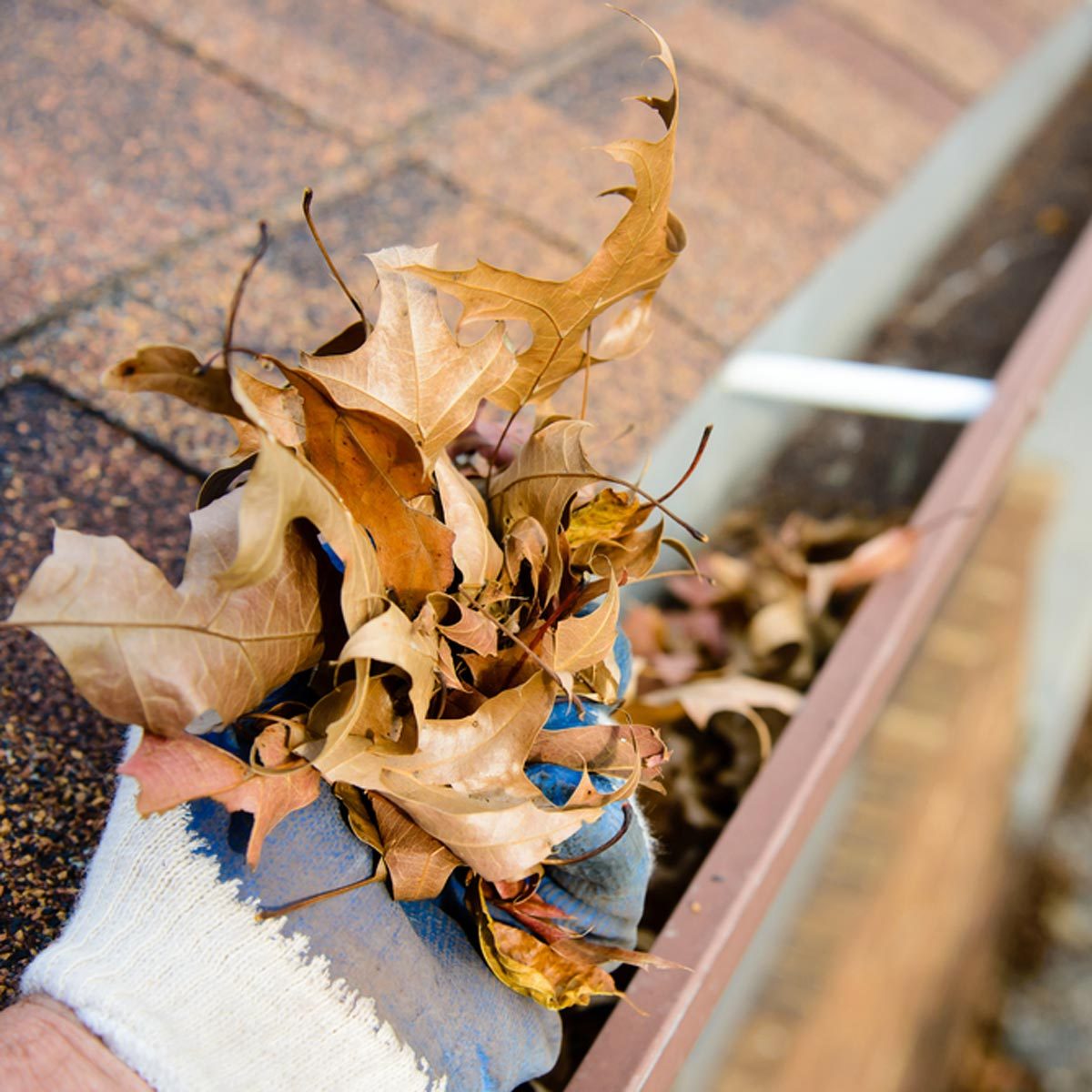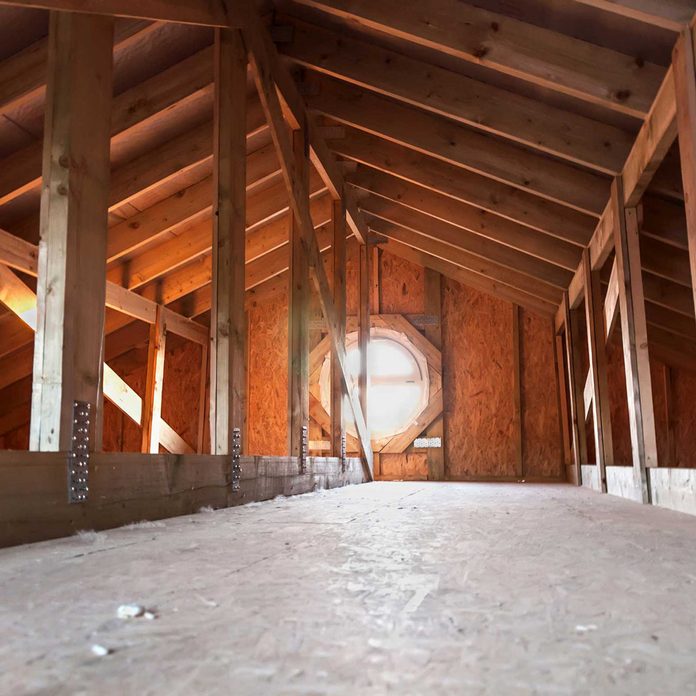
Inspect Attic For Leaks During Rain Storm
“Go into your attic to spot any leaks during a rain storm,” says John Bodrozic, co-founder of HomeZada. “Roof leaks can go unrepaired for a long time creating damage to insulation and can be a source of mold growth, which is harmful to your health.” Plus: 15 silent signs that your roof is failing.
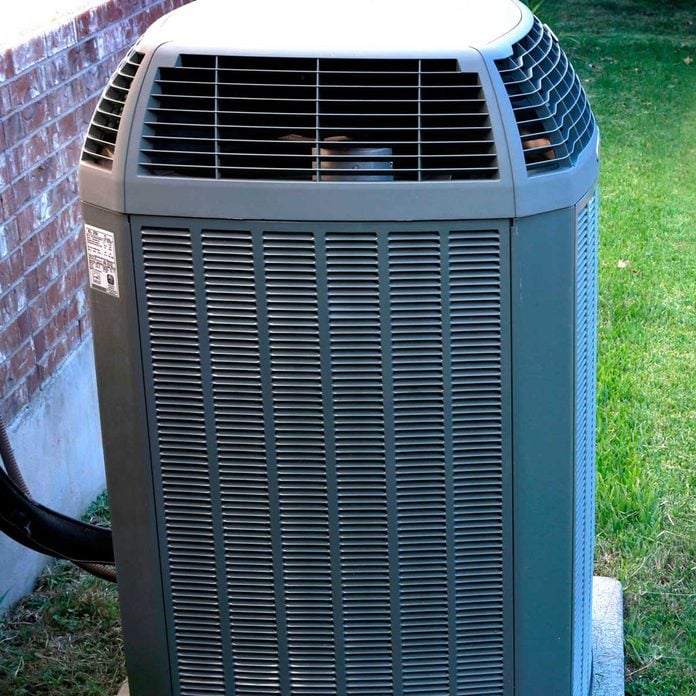
Check HVAC Filters
Bodrozic says you should replace your air filters at least four times a year, but it’s best to check them once a month. This keeps air in the house healthy and your system running efficiently because they are not clogged with debris or dust. We’ll walk you through cleaning your AC condenser unit yourself.
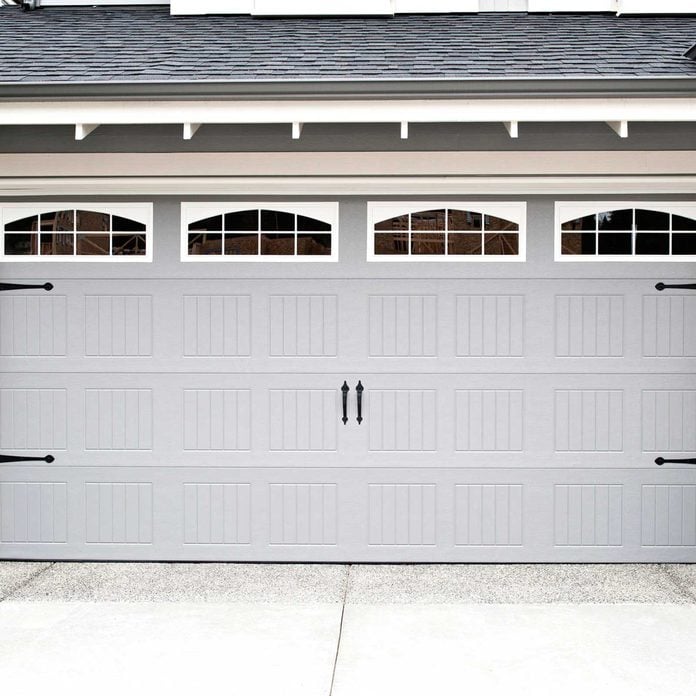
Inspect Automatic Garage Door Safety Shutoff
Test that the safety features of your automatic-opening garage door are still in good shape, says Bodrozic. That includes the safety beams, which should stop the door from closing if it detects anything the door’s path. Plus: Check out this crazy double-decker car storage idea for your garage.
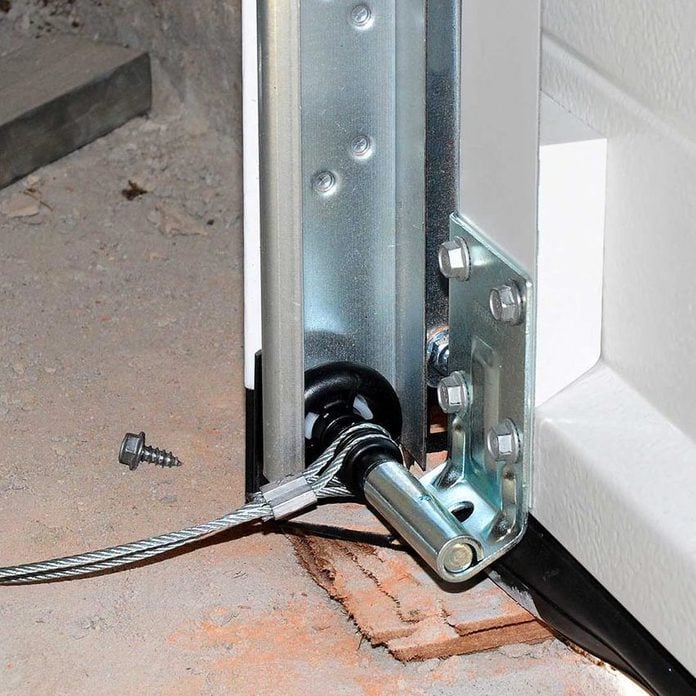
Lubricate Garage Doors
“Your doors are probably a series of panels that are connected with hinges and have either metal or plastic rollers on each side,” Bodrozic says. “Use an appropriate lubricant, depending on metal or plastic rollers, to keep your garage door operating smoothly and prolong its useful life.”
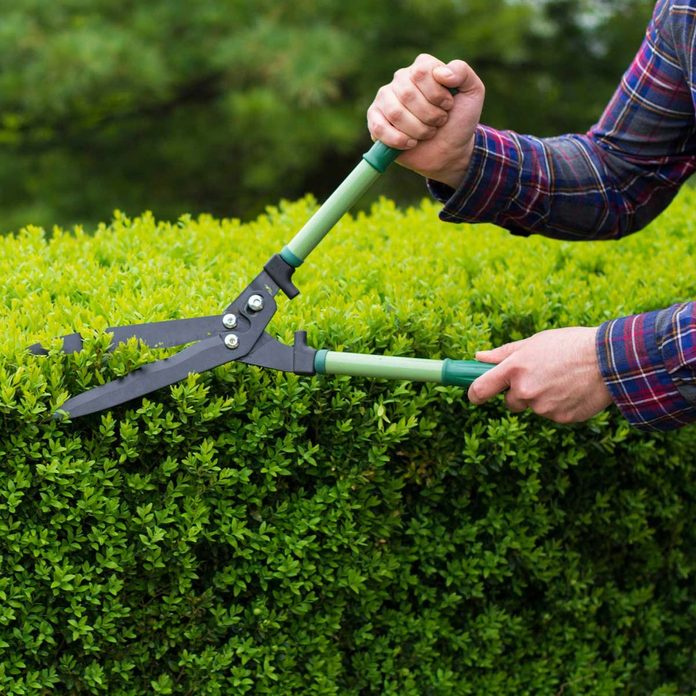
Trim Shrubs Around Your Air-Conditioning Units
Shrubs often grow around your A/C unit, which blocks free air flow, says Bodrozic. “This causes the unit to work harder and can cause damage, so it is important to trim shrubs and remove leaves from the surrounding area.”
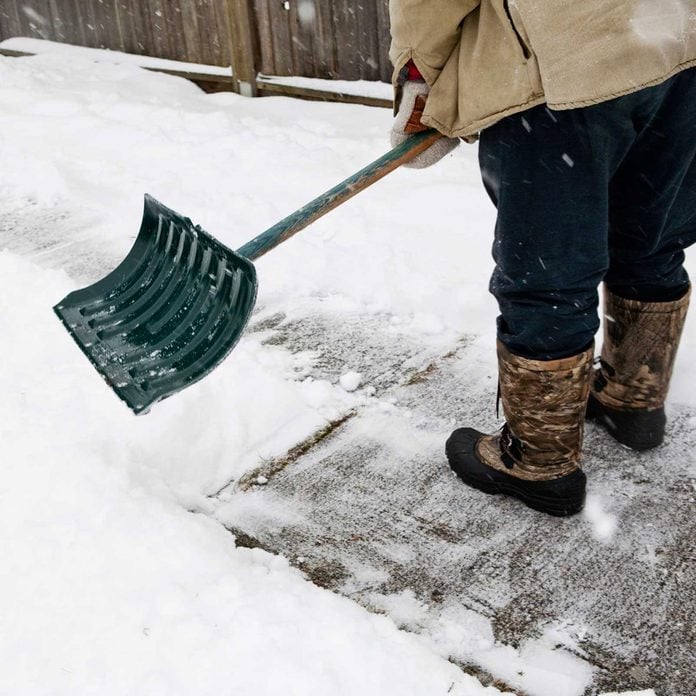
Clear Snow From All Outside Vents, Meters and Oil Fill Pipe
Blocked outside vents can be a crucial safety issue as carbon monoxide can build up if they are blocked by snow. Check your dryer, furnace, and water heater vents monthly, and especially after a snowstorm. Here’s a helpful document that explains what these vents look like and what to do. Also, make sure your gas and electric meters are accessible, and your oil or propane company has a way to deliver fuel in the snow, ideally a cleared path. Check out these incredible snow removal tools.
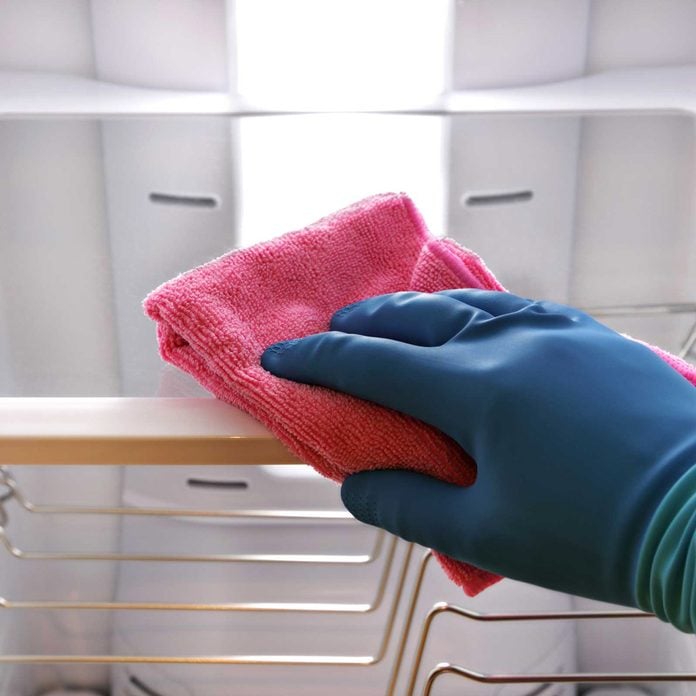
Clean Your Refrigerator Grille
“The top or bottom of your refrigerator has a grille that you can detach to get access to the compressor and cooling coils. This builds up dust over time and blocks air flow, which can burn out your refrigerator’s cooling system” says Bodrozic. Learn everything you need to know about repairing your refrigerator here.
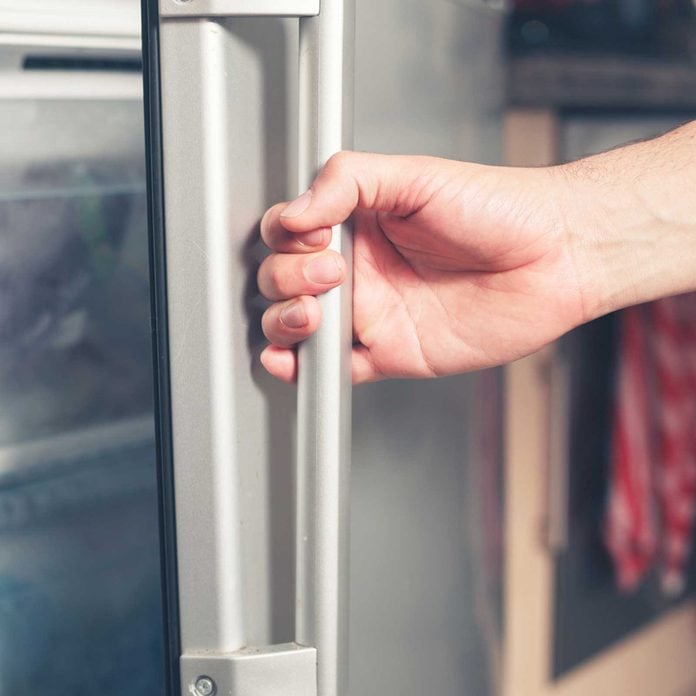
Organize Your Refrigerator
“Whether you live in an apartment by yourself or you have a family of five, somehow food always piles up in the fridge,” says professional organizer Christina Giaquinto, owner of Christina Giaquinto Organizing LLC. At the beginning of every month, take out all the containers and perishable items and decide what is good to eat, and what needs to be thrown out,” she suggests. “If you have a little extra motivation, I suggest wiping the shelves down and doing a thorough clean after you finish de-cluttering.” Here are foods you shouldn’t even be storing in the fridge.
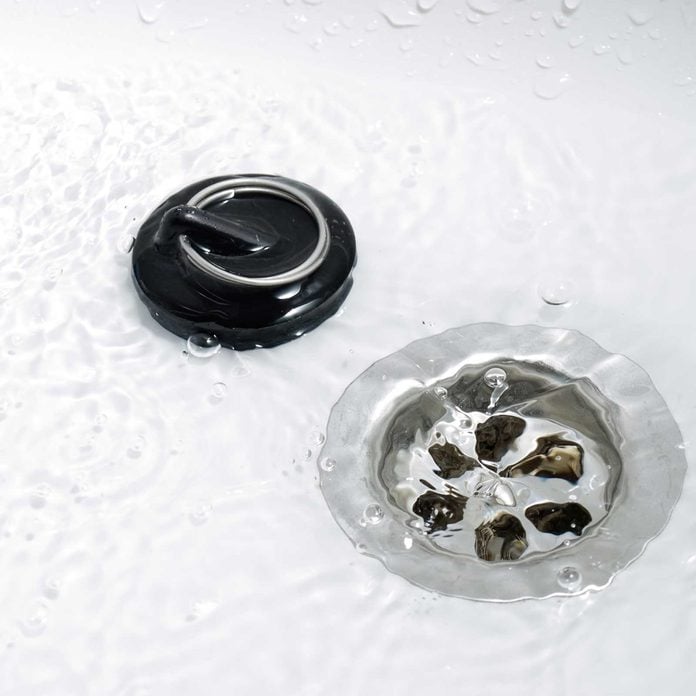
Inspect Sinks and Tub Drains
“If you notice that your sinks or tubs aren’t draining as quickly, there may be a buildup causing a blockage,” says Kyle Gesuelli, home improvement expert at handy.com. “The first thing to do is try to remove anything that is obstructing the pipe manually using a pipe cleaner to pull debris through the plughole. Second, pour a cup of baking soda down the drain, followed by some hot water, which should clear things out.” Here’s more info on how to clear a clogged sink drain.
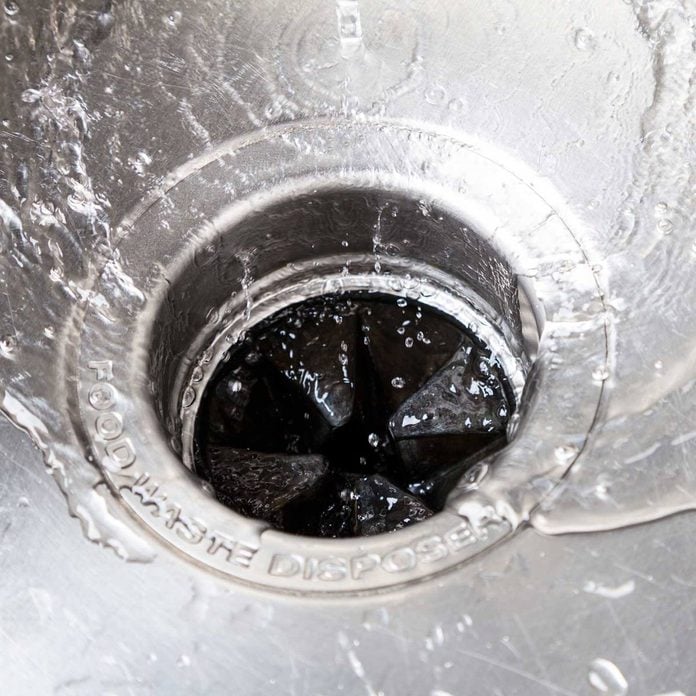
Clean the Garbage Disposal
“The best way to clean out your garbage disposal is with baking soda and white vinegar, ” says Gesuelli. “Take half a cup of baking soda and a cup of white wine vinegar, and put both down the sink. After a few minutes, pour some boiling hot water down, too. Next, fill the drain with some ice cubes, and add a cup of salt, which will help to remove debris. Finally, add lemon halves to the disposal and keep both the water running and the garbage disposal on.” Here are 15 things you should never put down your garbage disposal.

Clean Filters In Your Range Hood
“The purpose of the range hood filter is to collect grease, so over time it will become less effective as the grease builds up,” Gesuelli says. “To clean them, simply remove them and place them in a sink full of hot water, dishwashing liquid, and baking soda. Leave to soak for 10 to 15 minutes. If needed, scrub the remaining grease off with a brush, and then rinse clean. Dry the filters with a paper towel before replacing them.”

Keep a Monthly Home Maintenance Calendar
“Staying on top of all the preventative maintenance tasks throughout each month of the year is important to reduce energy costs, avoid early replacements costs, and keep the home healthy and safe for the family. Here is a quick overview of a helpful app that creates these tasks and many others automatically for homeowners” says Bodrozic. Don’t forget about these things all homeowners should do once a year.
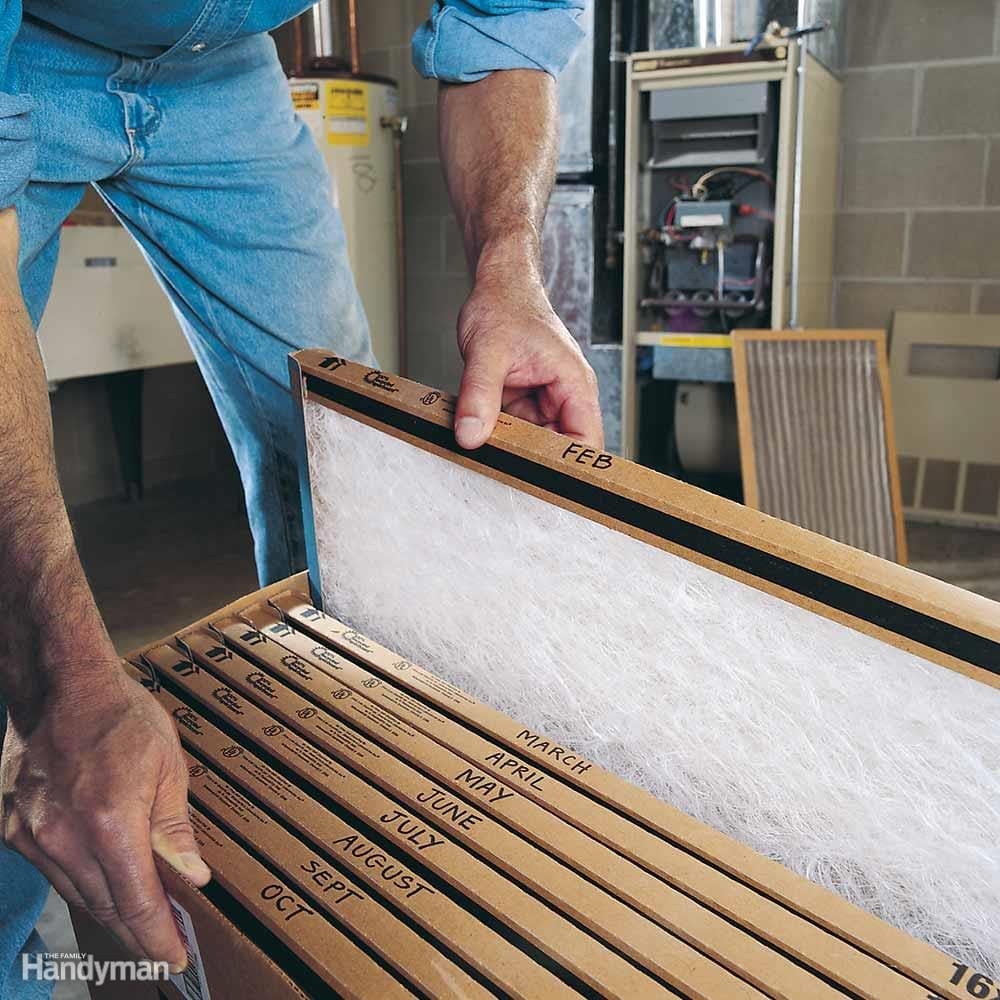
Make Your Furnace Last
Regular filter replacement is the very best thing you can do to keep your furnace in top condition. And here's a way to keep track of that task: Buy several filters and label them. With some systems, monthly filter changes are best. Others can go a few months between changes.
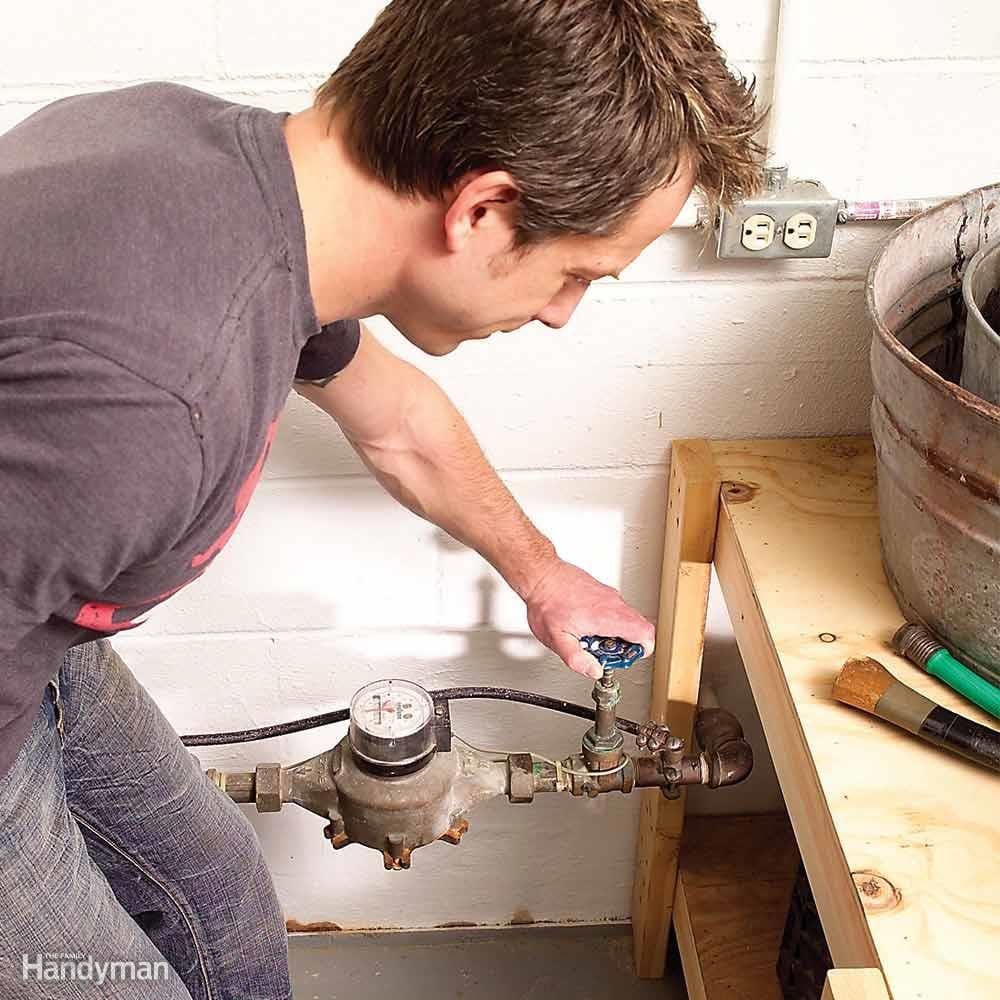
Shut Off the Water Before Vacation
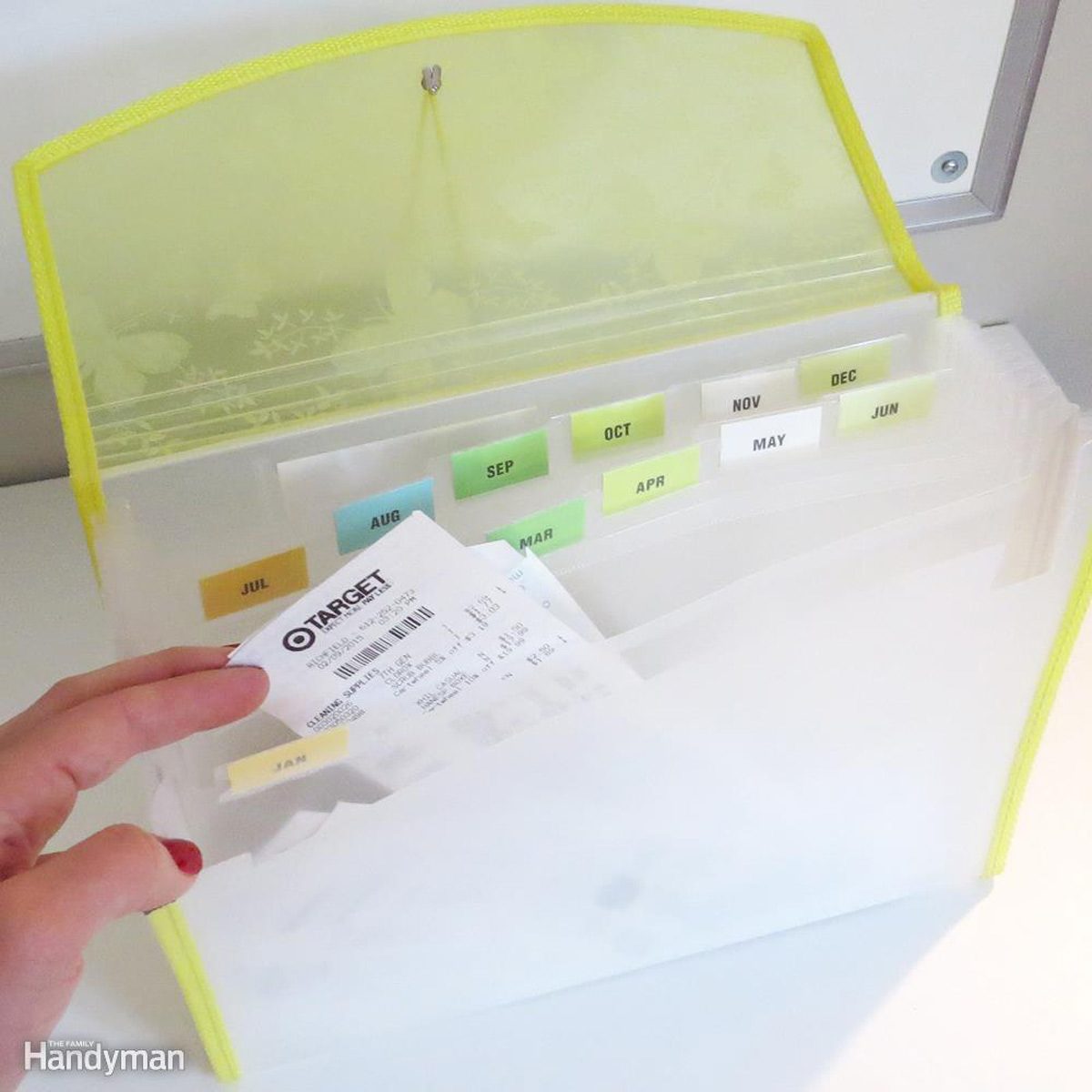
Make a Homeowner's Journal
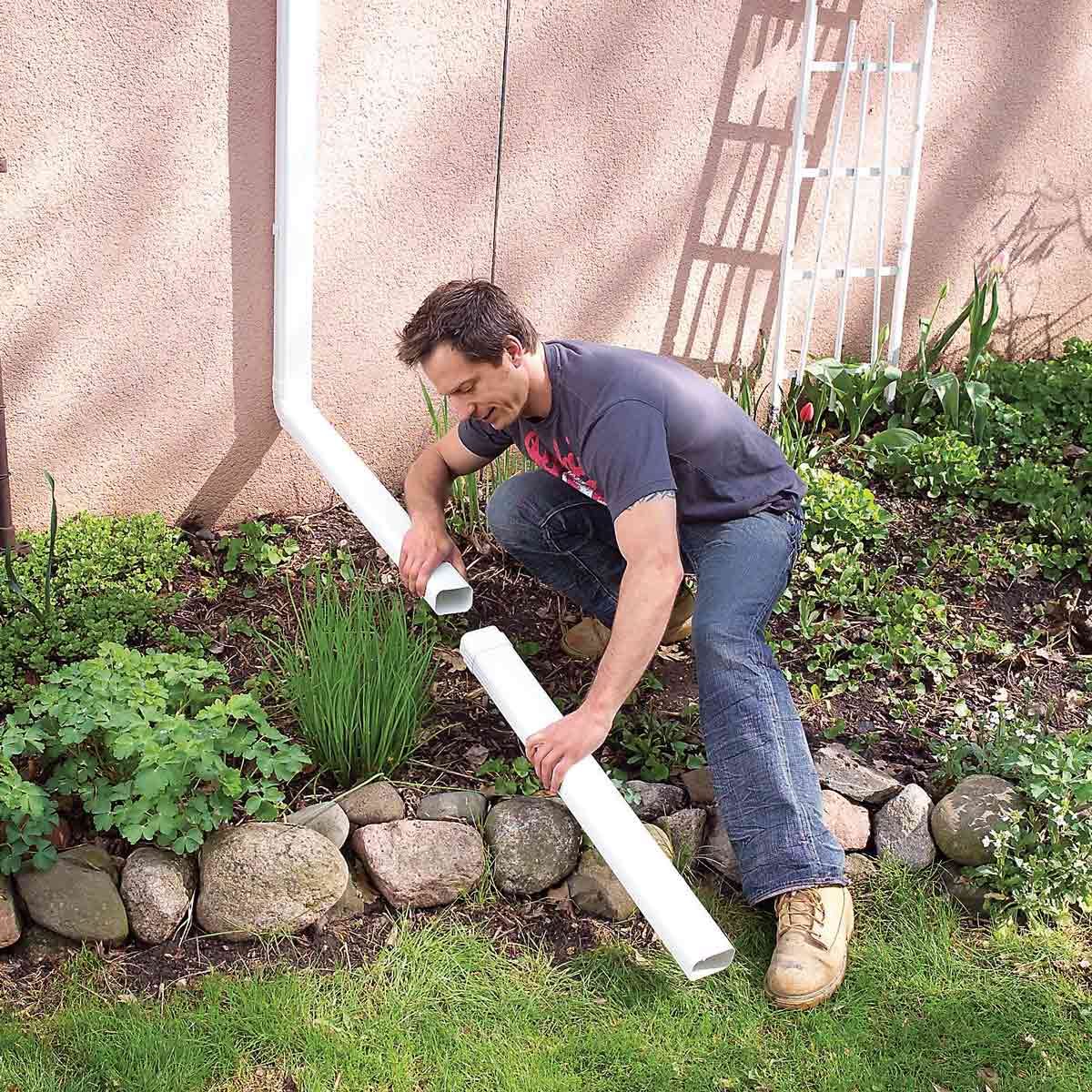
Deal with Drainage

Adjust Your Water Heater
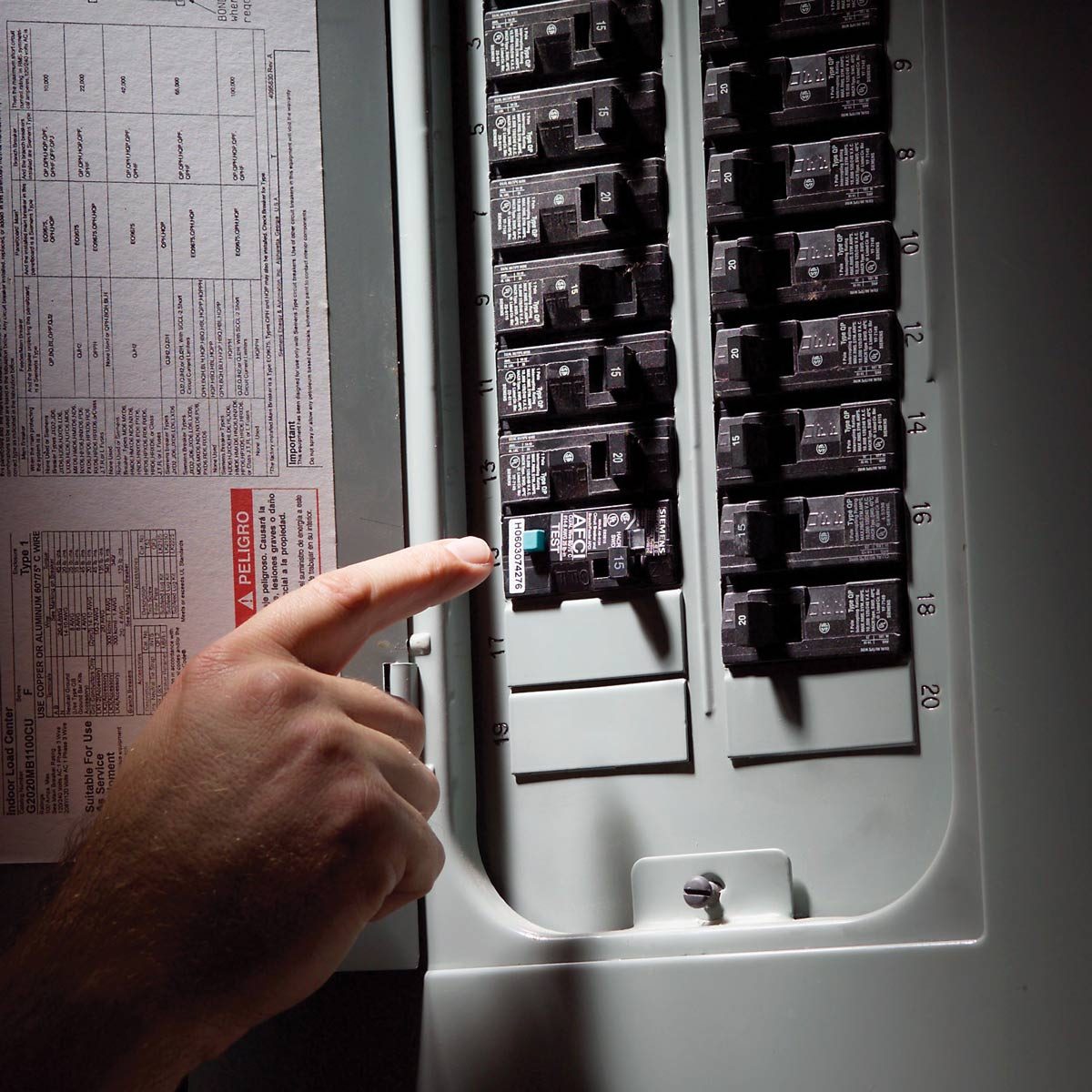
Understand Electrical
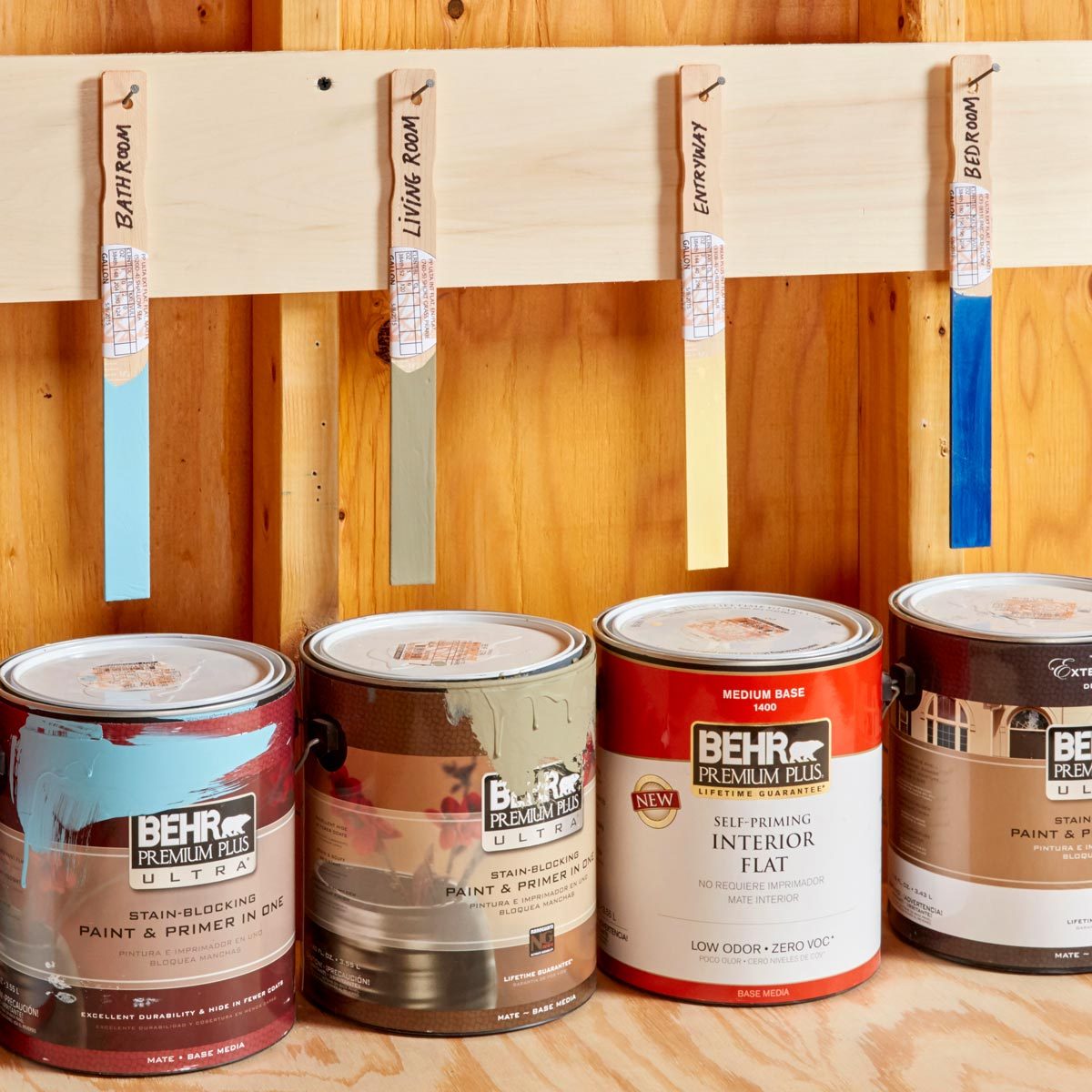
Stir-Stick Paint Organizer
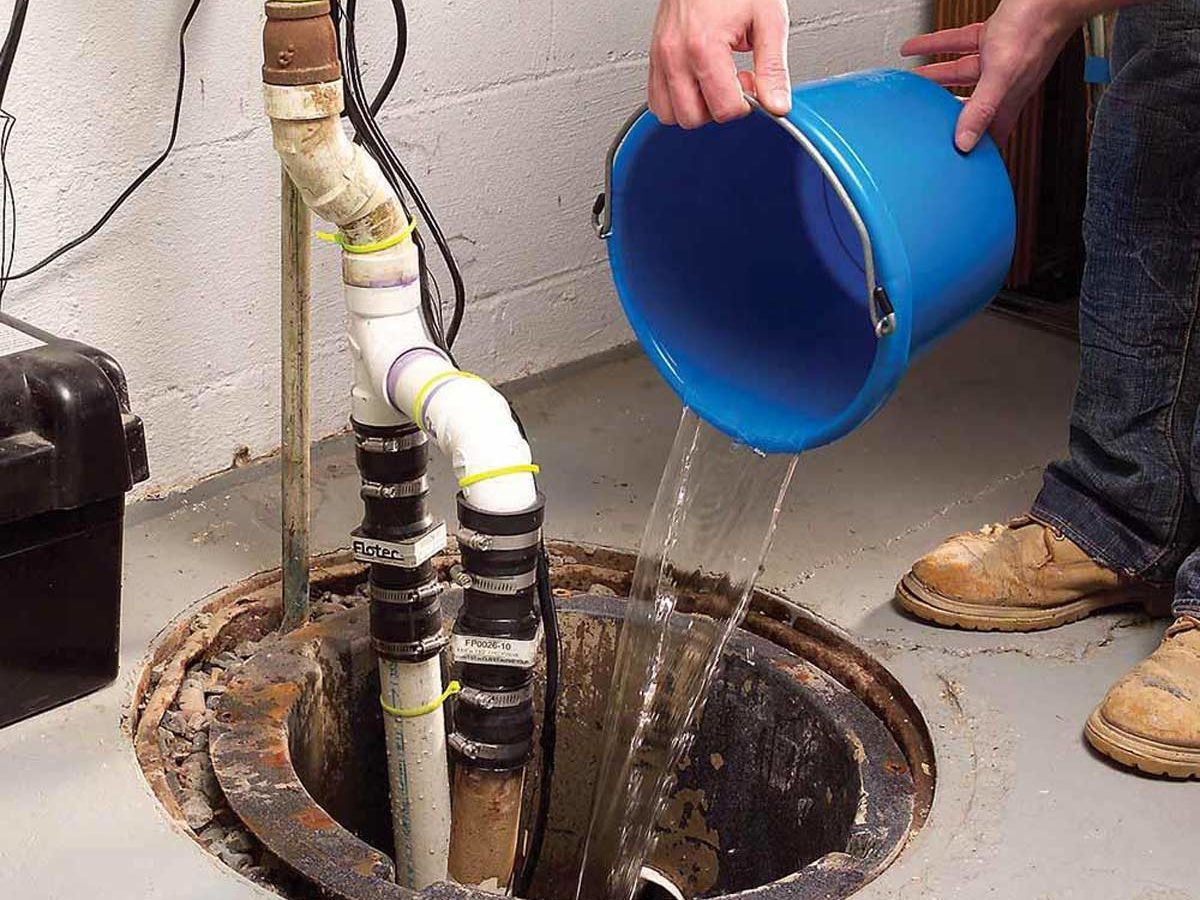
Test the Sump Pump or Risk a Flood
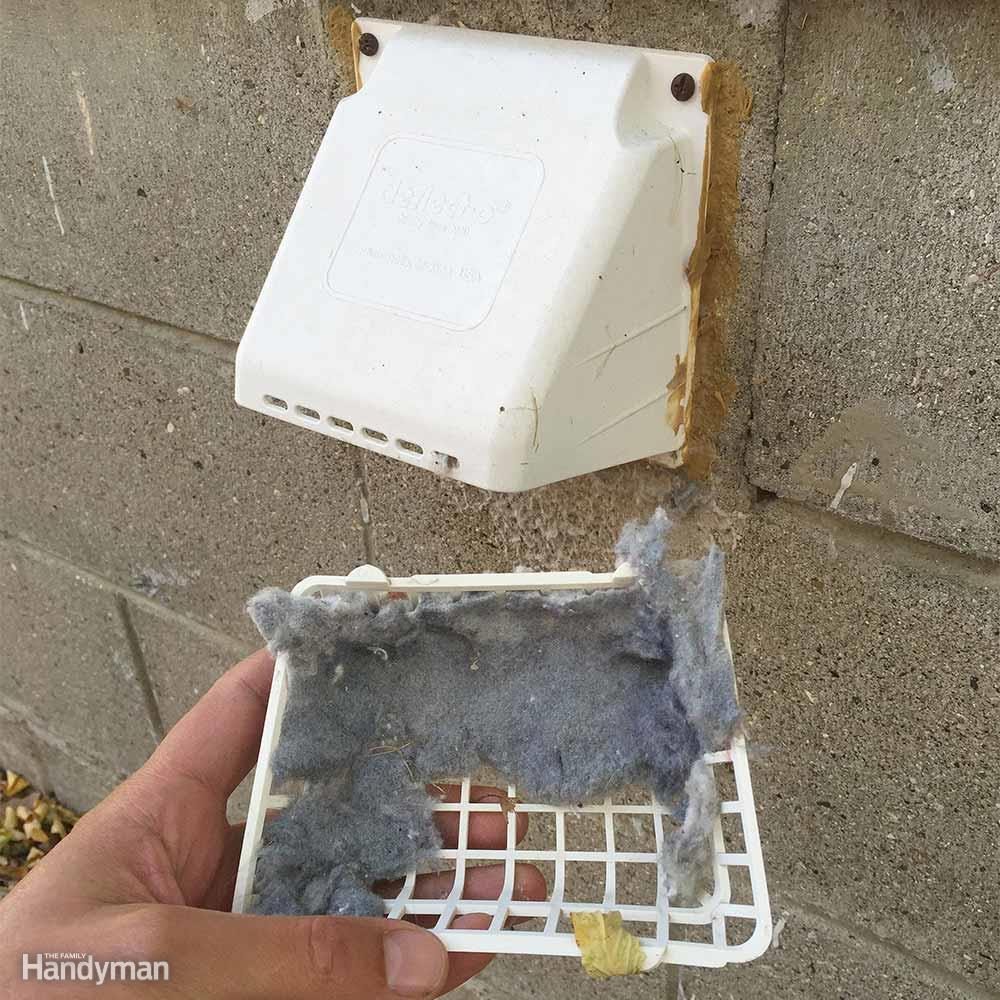
Clean Dryer Vents or Waste Energy and Risk a Fire
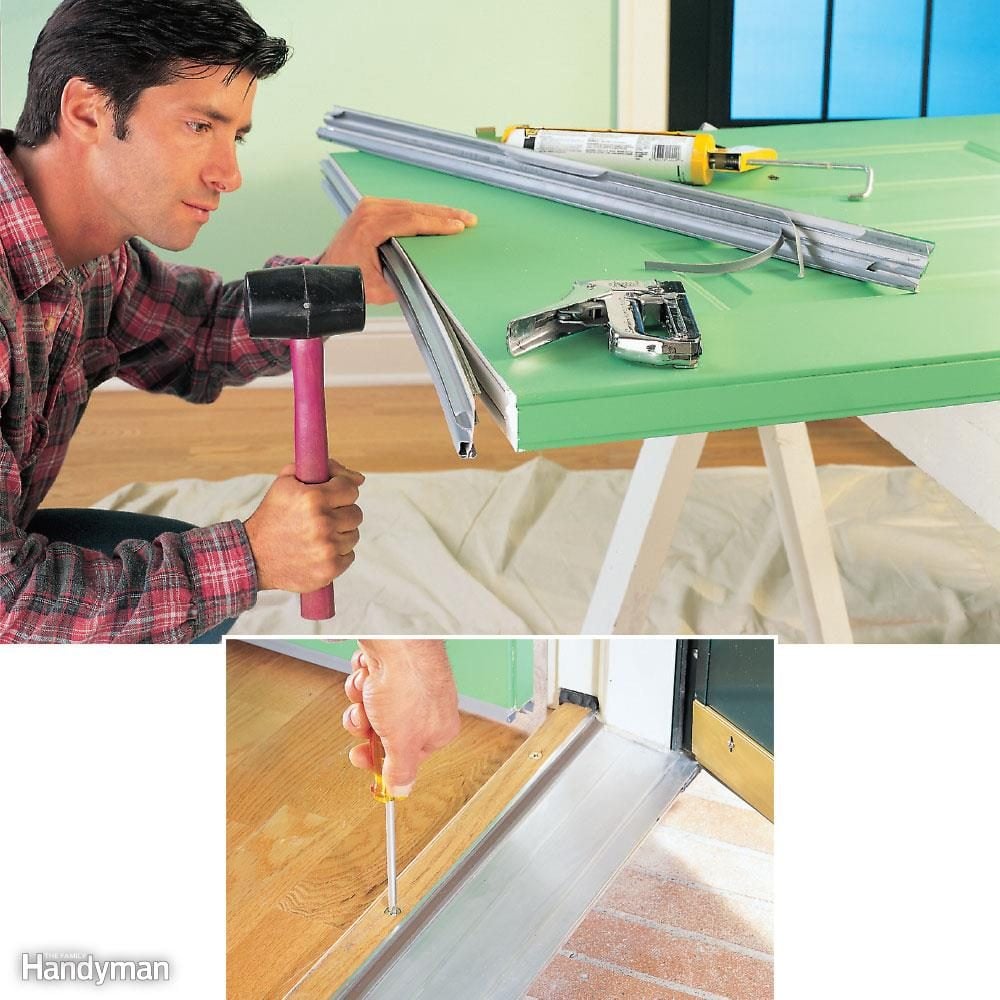
How to Stop Under-the-Door Air Leaks
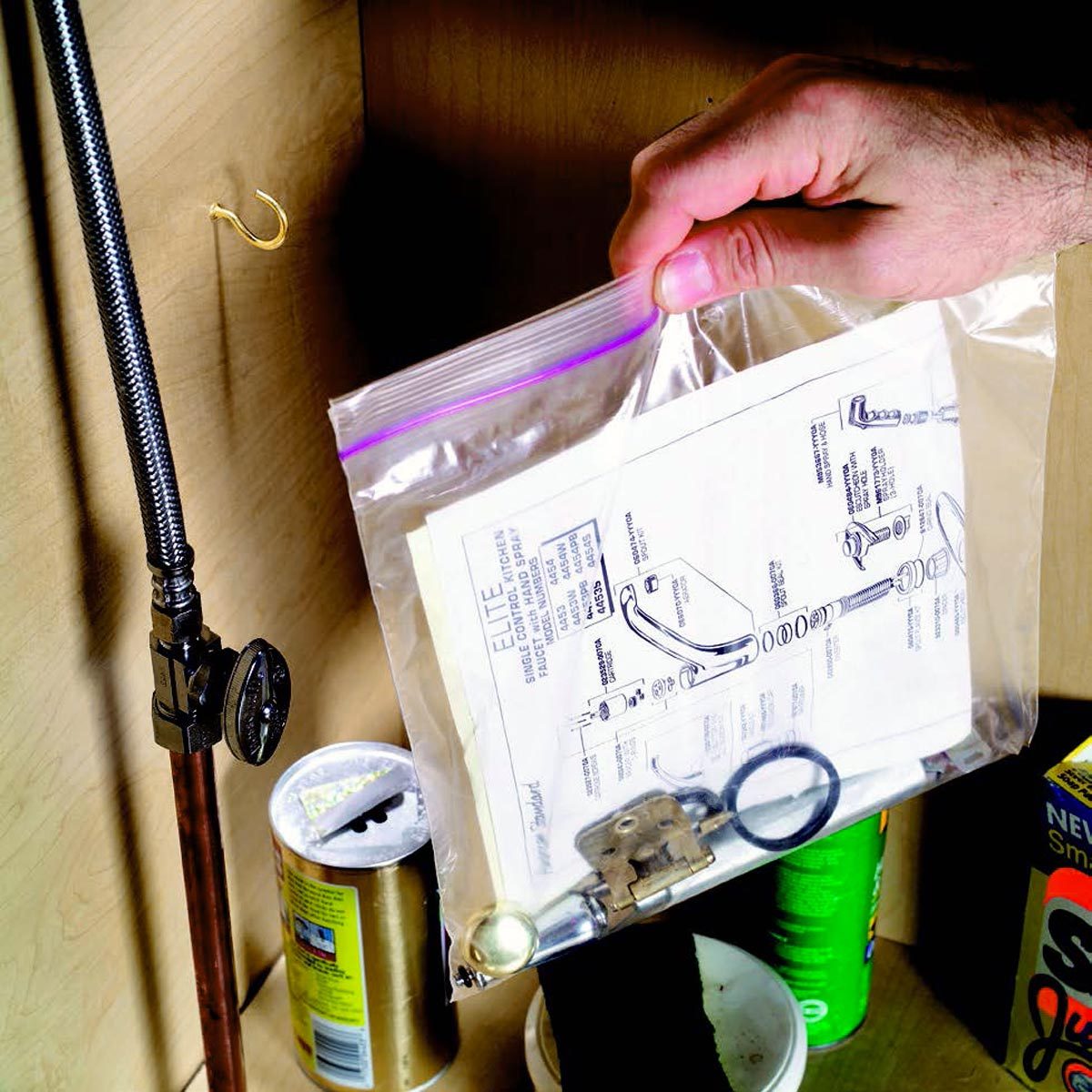
Under-Sink Archives

Refrigerator
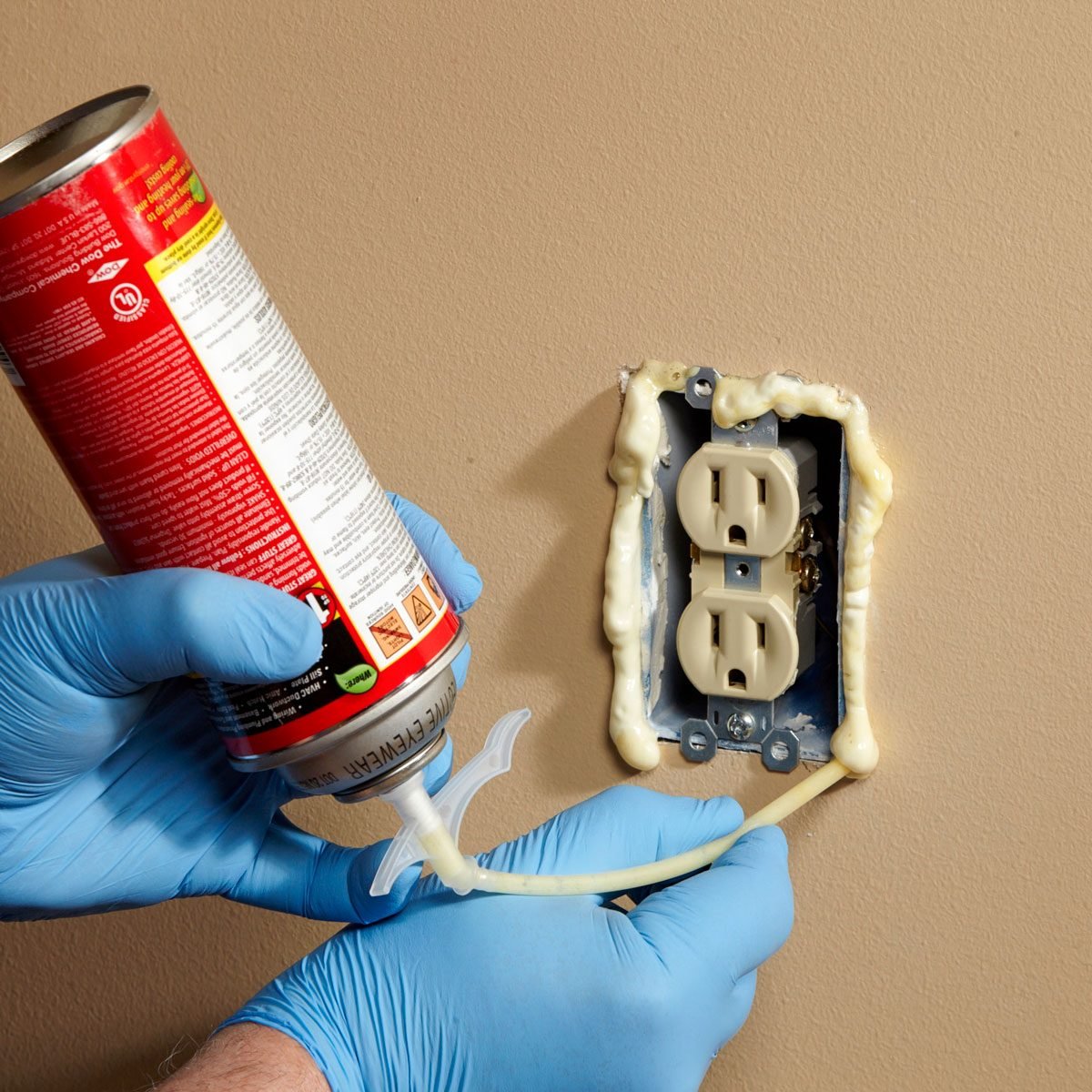
How to Seal Outlets and Ceiling Boxes

Protect Wood From Moisture
Insects and other small pests need to draw life-sustaining moisture from their surroundings, so they avoid dry places and are attracted to moist ones. If the soil around your house, the foundation and the walls is dry, it’ll be less attractive to insects, spiders and centipedes. Rake moisture-wicking soil and mulch away from the window frames and low wood. Turn your mulch periodically to help keep dampness down, and keep bushes trimmed back as well.
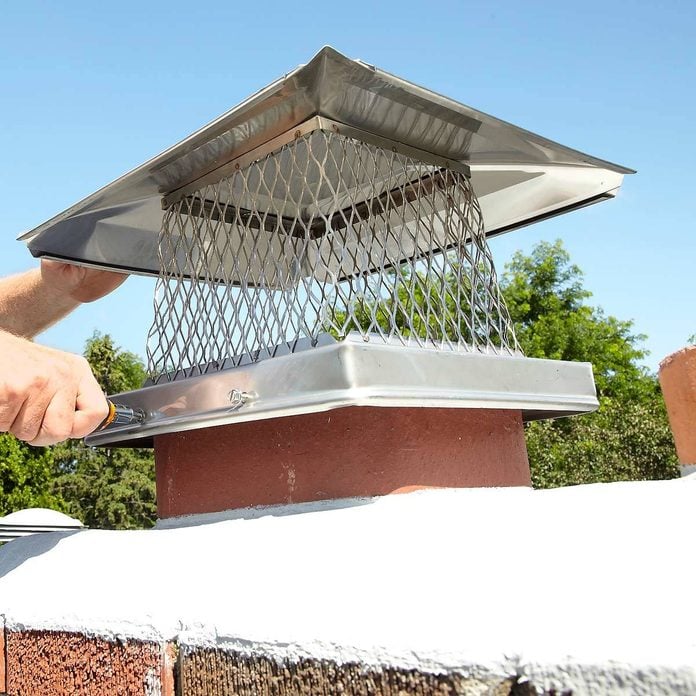
Guard Your Chimney
Install a chimney cap and screen to keep out pests like rodents and birds. Not only can they do damage, but they often bring in smaller bugs that will take up residence in your home. Check out our ultimate guide to getting rid of pests for help on how to deal with them as they start to look for warmer locales in the fall.
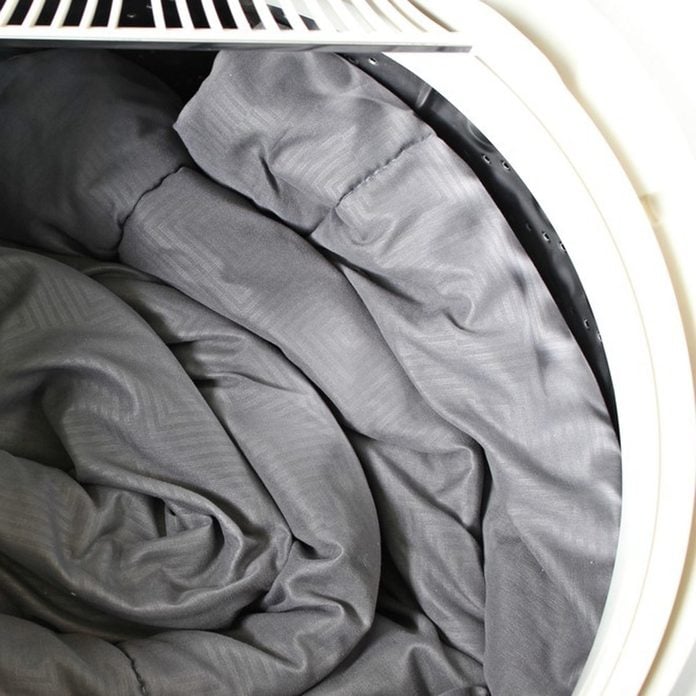
Check Seasonal Clothing for Pests
Do you have seasonal clothes or bedding that you are bringing out of storing? Wash and dry it all thoroughly to kill any waiting bug eggs, and inspect everything for signs of an infestation before you pack it away—or start wearing it.
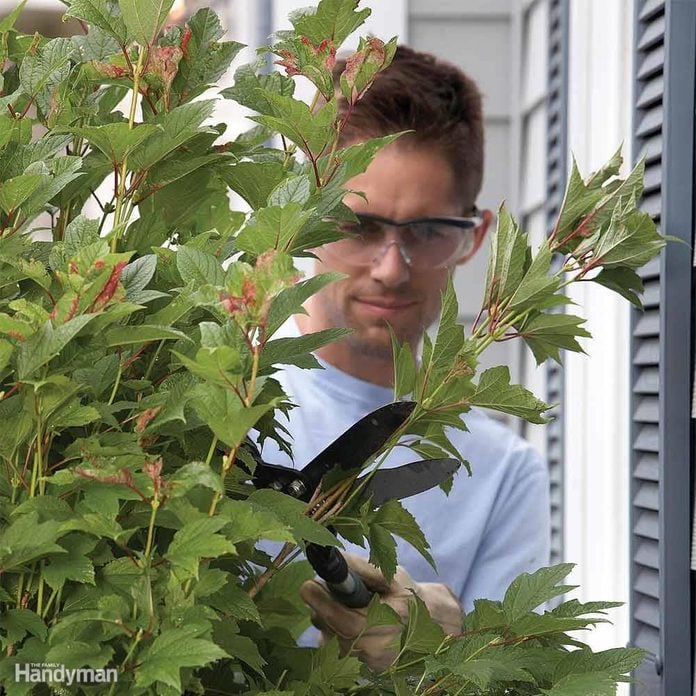
Trim Plants Against Your House
Once you kill the ants in your house and yard, take steps to ensure they don’t come back. Trim back bushes, shrubs and trees that brush against your siding or roof and provide a bridge for ants to reach your house. Keep a 3-in. to 6-in. clearance space between the soil around the foundation and the bottom row of siding to prevent ants from nesting in the siding (and make sure the soil slopes away from the house). Avoid stacking firewood next to the house. Firewood makes a perfect retreat for ants. Ants like bare spots in the yard and they like to build nests under layers of thatch. Maintaining a healthy lawn is one way to discourage ants. If anthills pop up in bare areas, spray the mound with insecticide and plant grass in the bare spots. Rake the lawn or bag the grass when you mow to eliminate thatch.
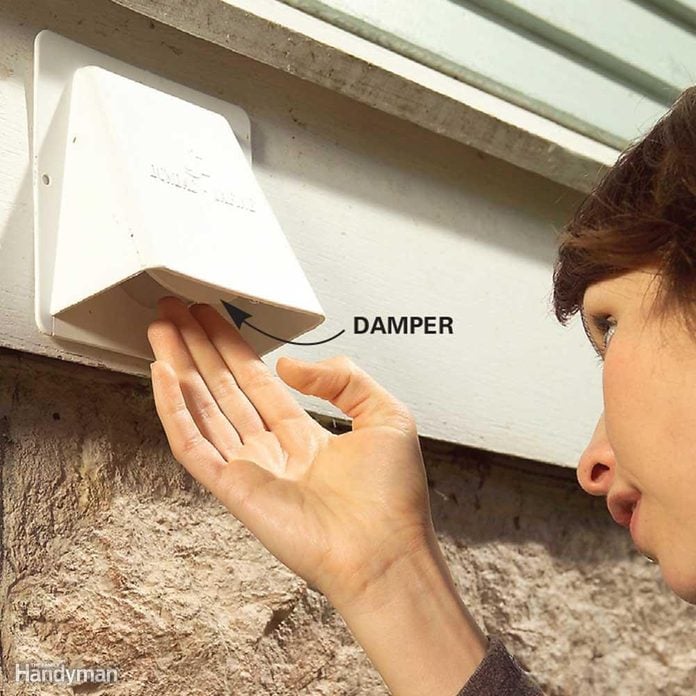
Don’t Let Pests in Through the Dryer Vent
Examine dryer vents to ensure the damper isn’t stuck open or broken off completely. Also check that the seal between the vent and the wall is tight. It might also be a good time to clean the dryer vent cover to prevent cold drafts from coming in during winter.
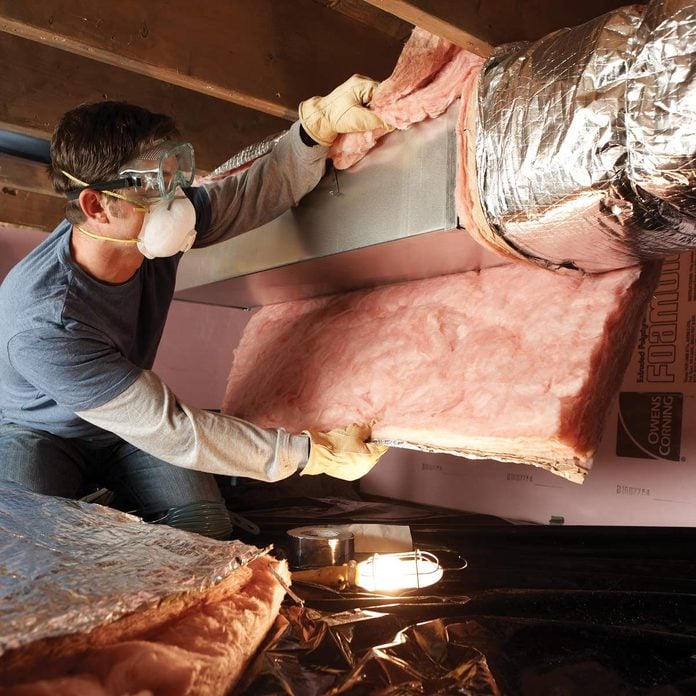
Check Your Crawl Spaces
Take a flashlight and protective clothing into your crawlspaces and/or basement and have a look around. Look for large, obvious nests of shredded material, which indicate rodents. Watch for smaller signs too, like lines of ants or scrambling cockroaches looking for a home. And remove these pests and find out how they gained entry to stop future incursions.

Repair Torn Screens
Windows screens, mosquito nets and similar barriers protect against inquisitive summer pests, but only if they provide complete protection. And as long as the frame is in good shape repairs are easy and can be done in a few minutes. Here’s how to make your screen door or window look good as new.
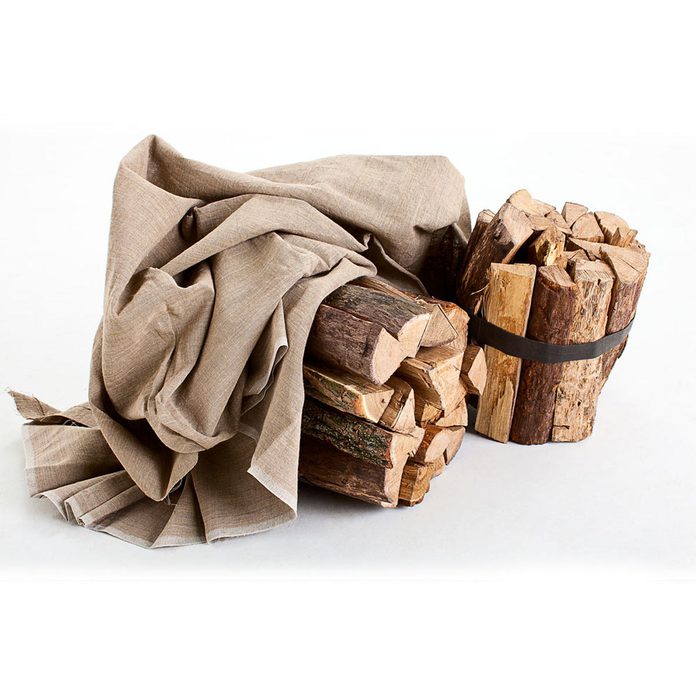
Store Firewood Away from the House
While firewood may be an important summer staple for your backyard fire pit, it’s also a magnet for pests that will happily make the jump into the house. So store firewood at least 20 feet away from the house.
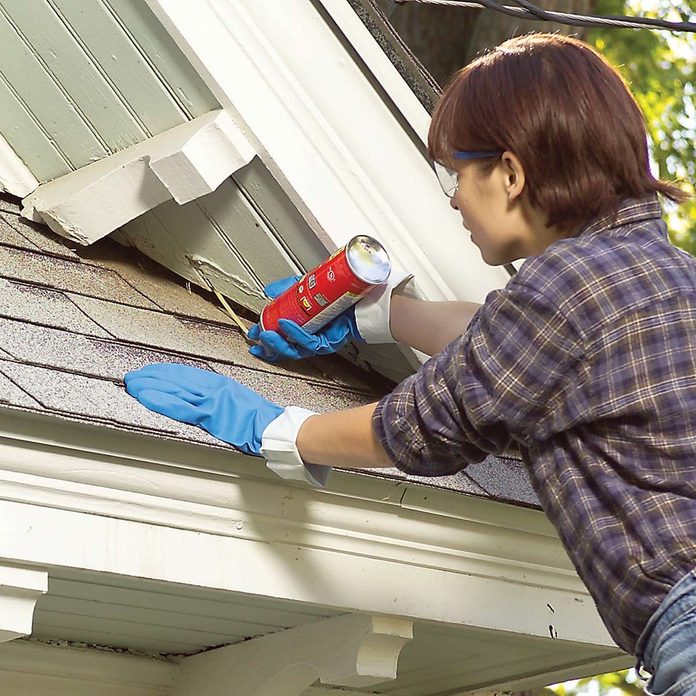
Seal Gaps
Look not only for larger gaps in your attic or garage, but watch for small, unsealed gaps where electrical lines and pipes enter your house. Bugs, mice and other pests love these small gaps. So caulk them closed or use expanding foam insulation to deny entry.
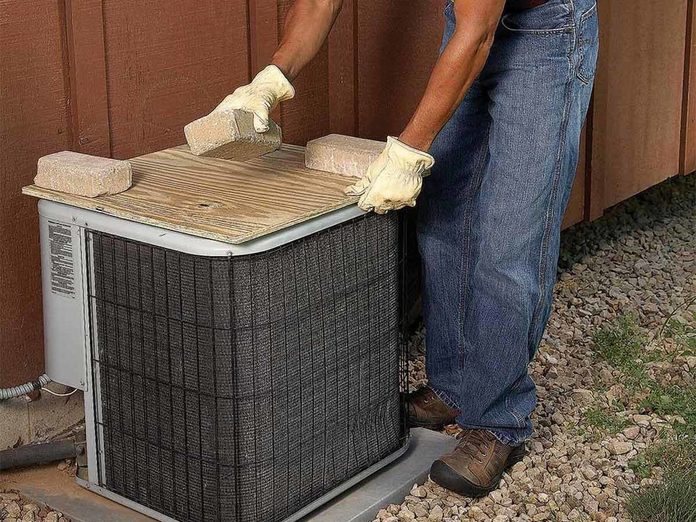
Protect the A/C Compressor or Risk Damage From a Falling Icicle
There’s no reason to wrap your entire air conditioner for the winter, and many manufacturers advise against it because it can invite rodents and cause condensation, which can lead to early corrosion. But it’s not a bad idea to set a piece of plywood on top of the unit to protect it from falling icicles. And see our maintenance guide to learn how to clean your air conditioners in the spring.
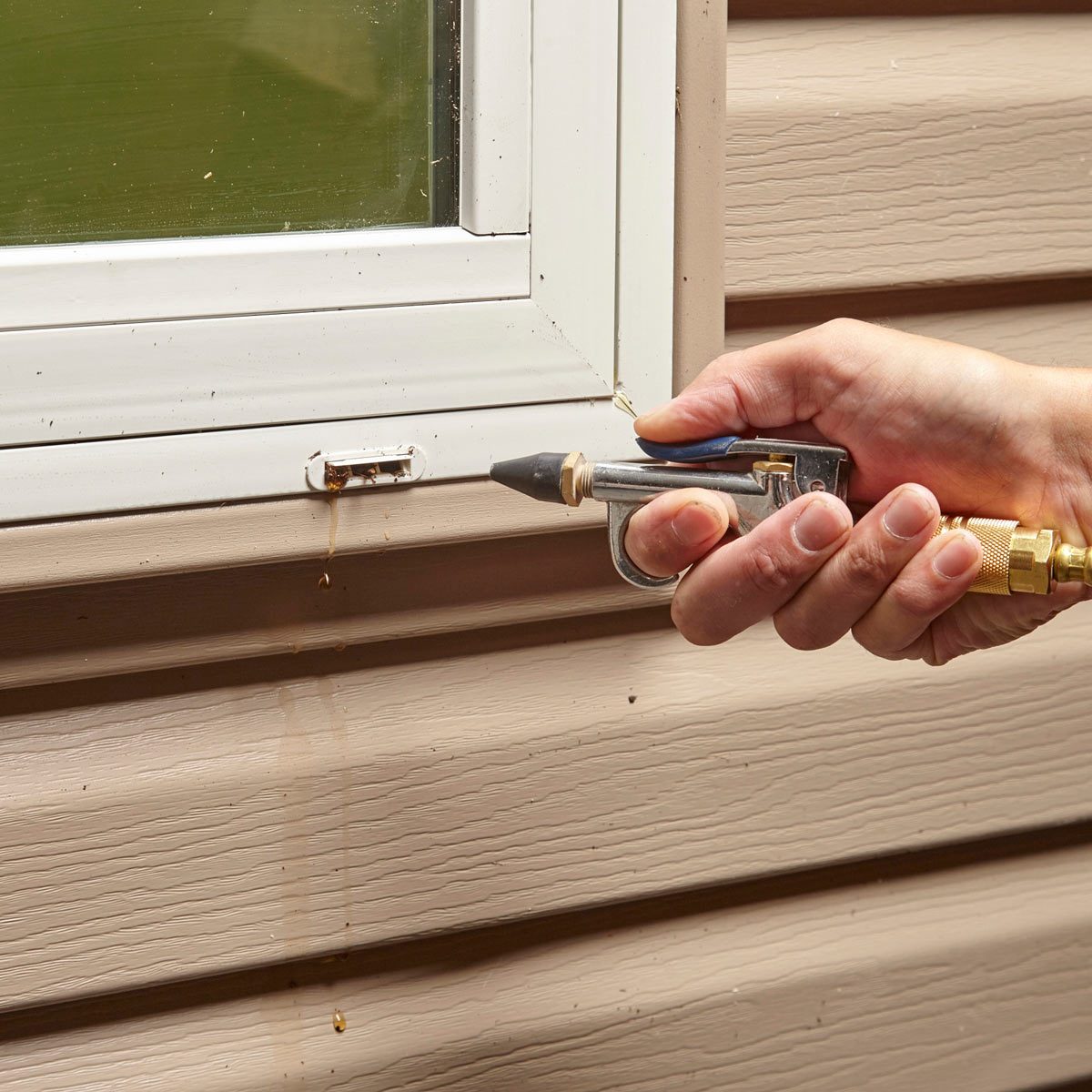
Clean Weep Holes
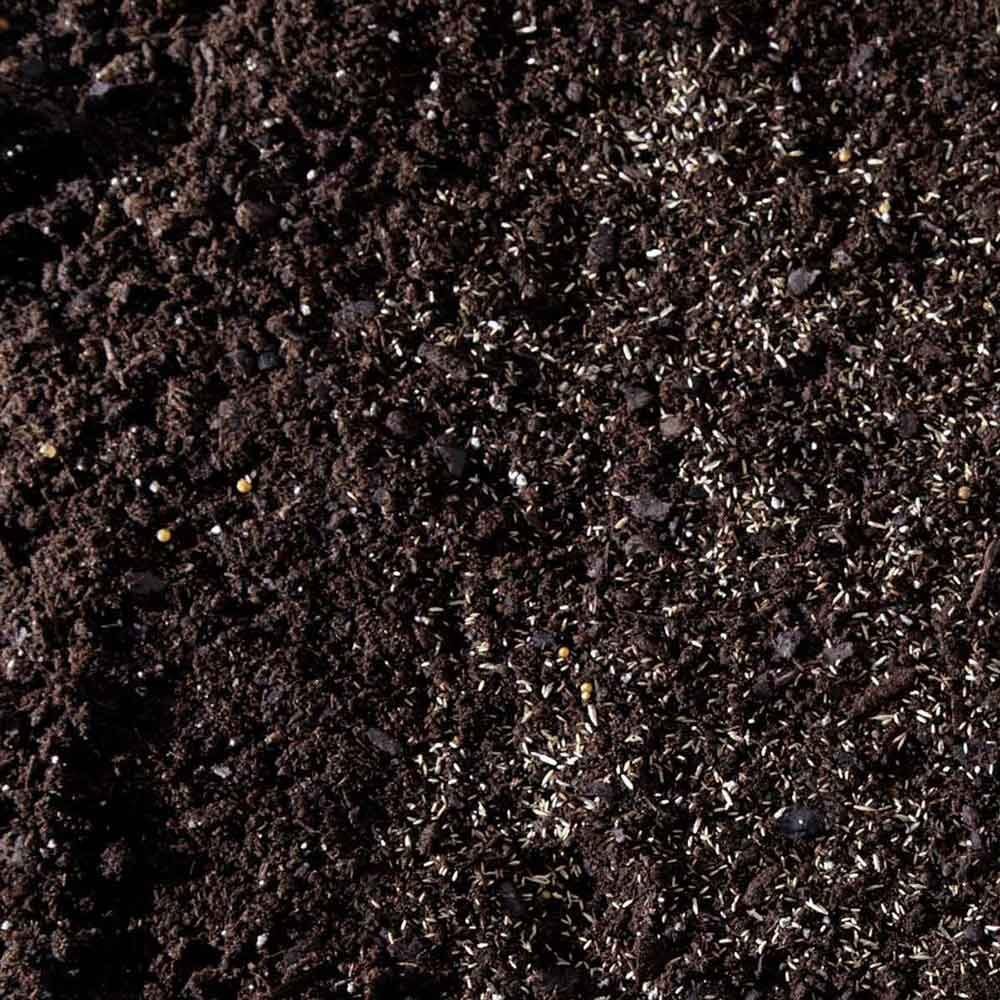
Reseed Late in the Growing Season
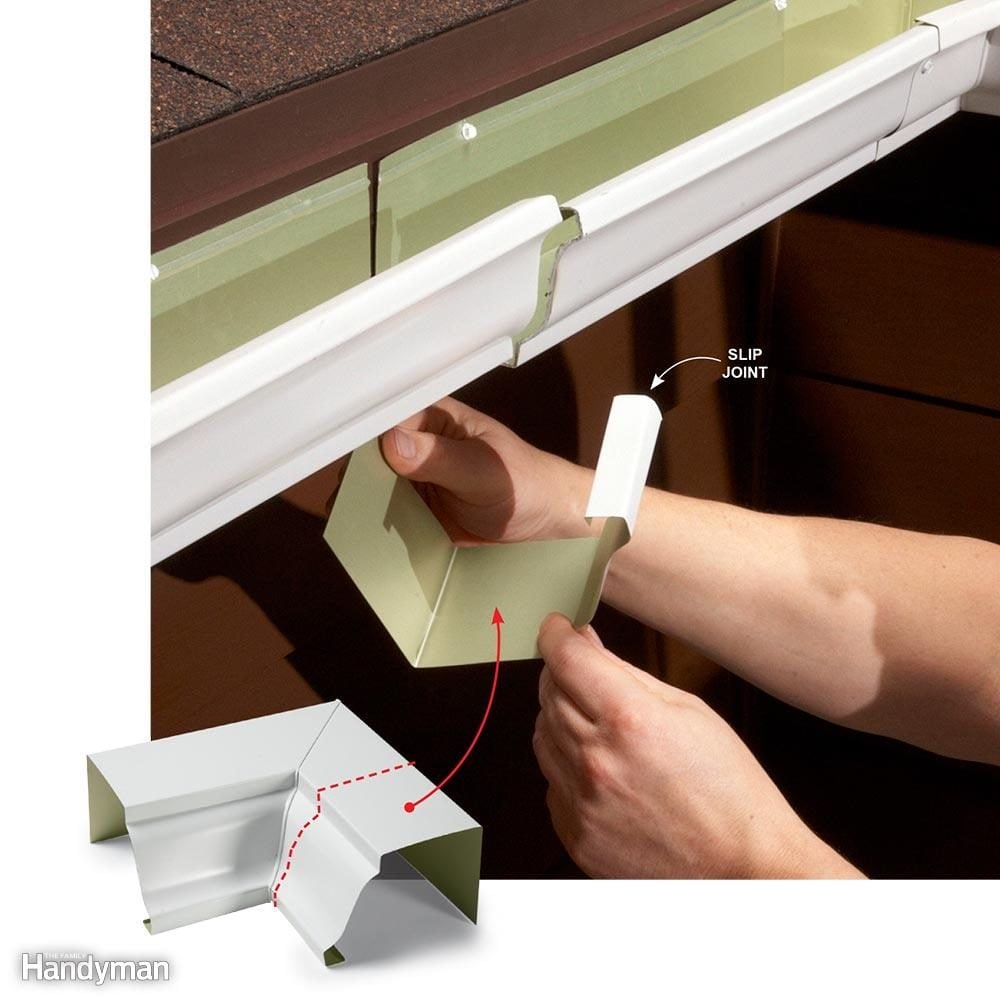
Get Your Gutters Ready
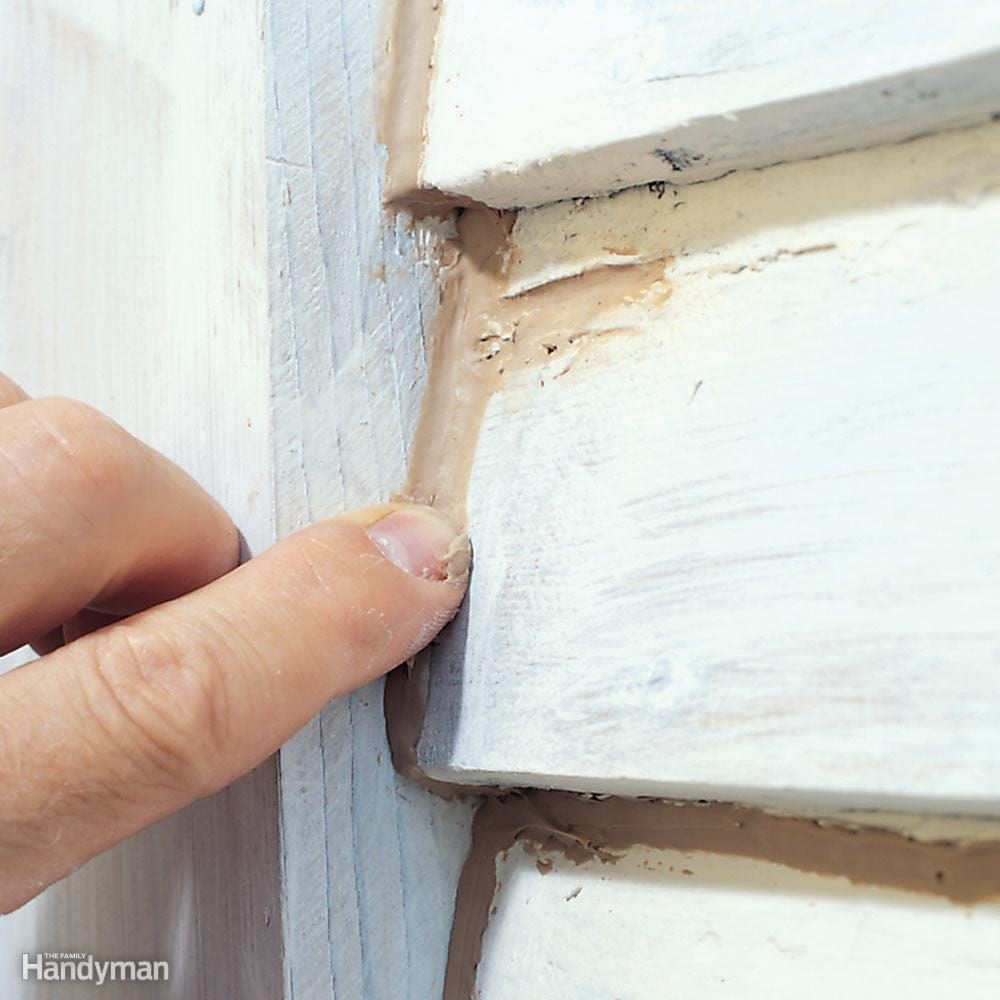
Check Exterior Caulking and Weatherstripping
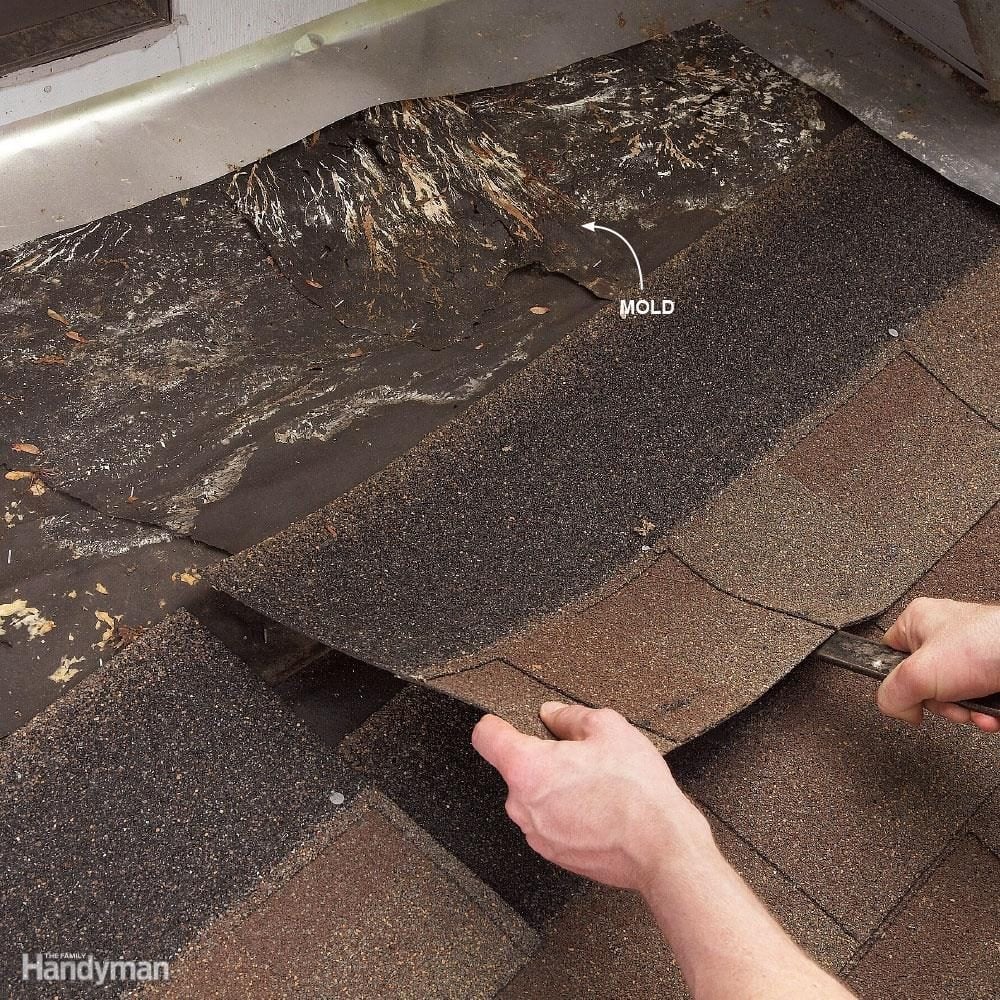
Give Your Roof a Once-Over

Fix Driveway and Sidewalks Before They Get Worse

Install Frost-Proof Outdoor Faucets
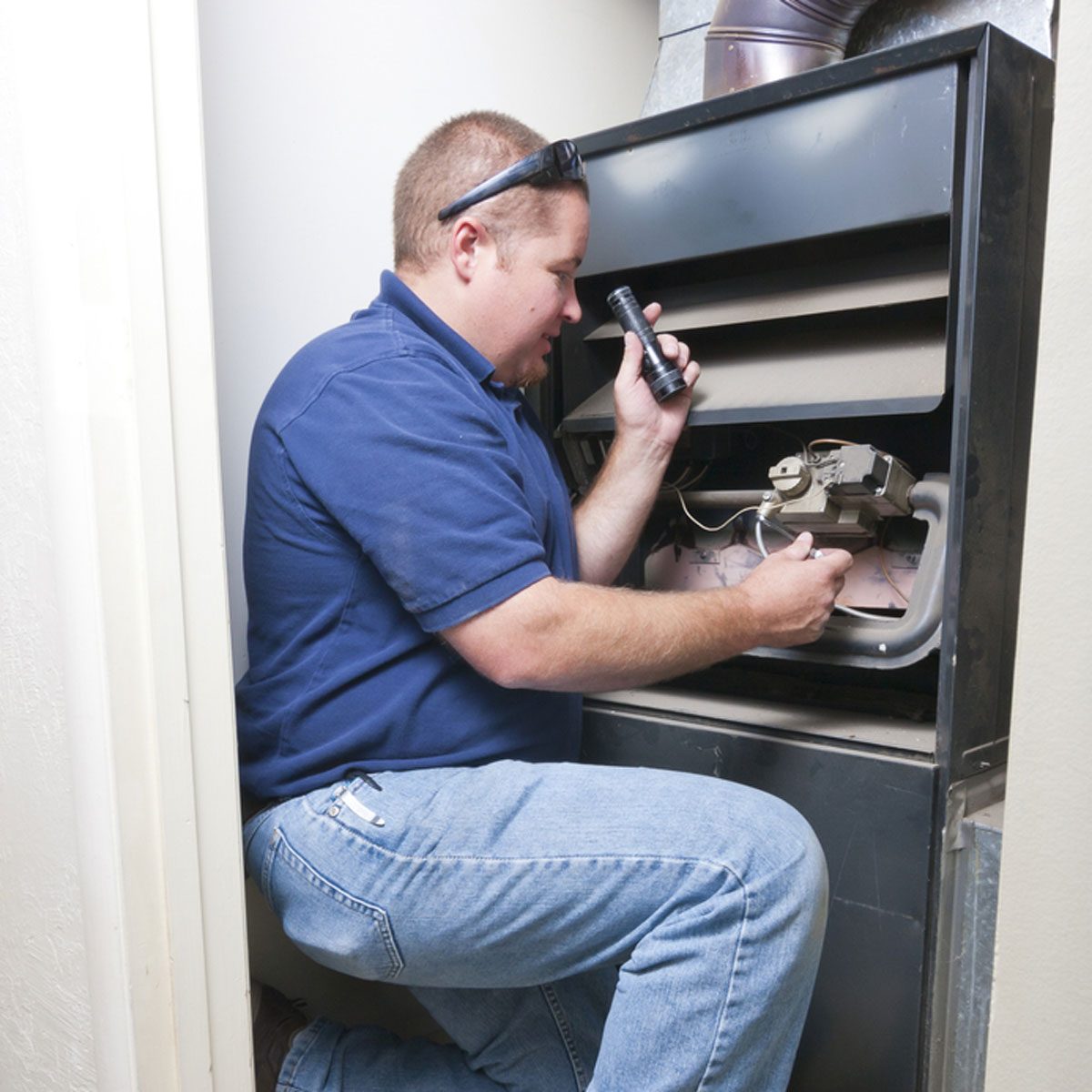
Take a Peek at Your Furnace
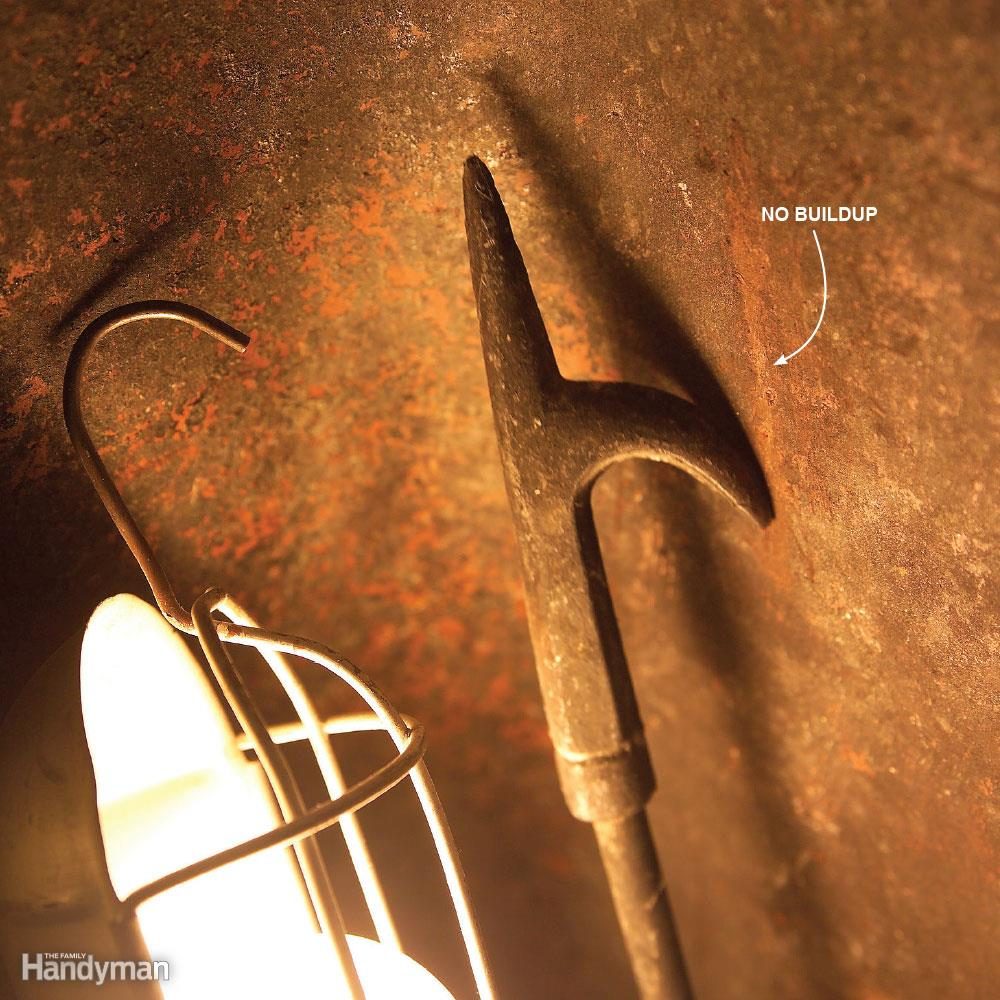
Check Your Chimney or Risk a Fire
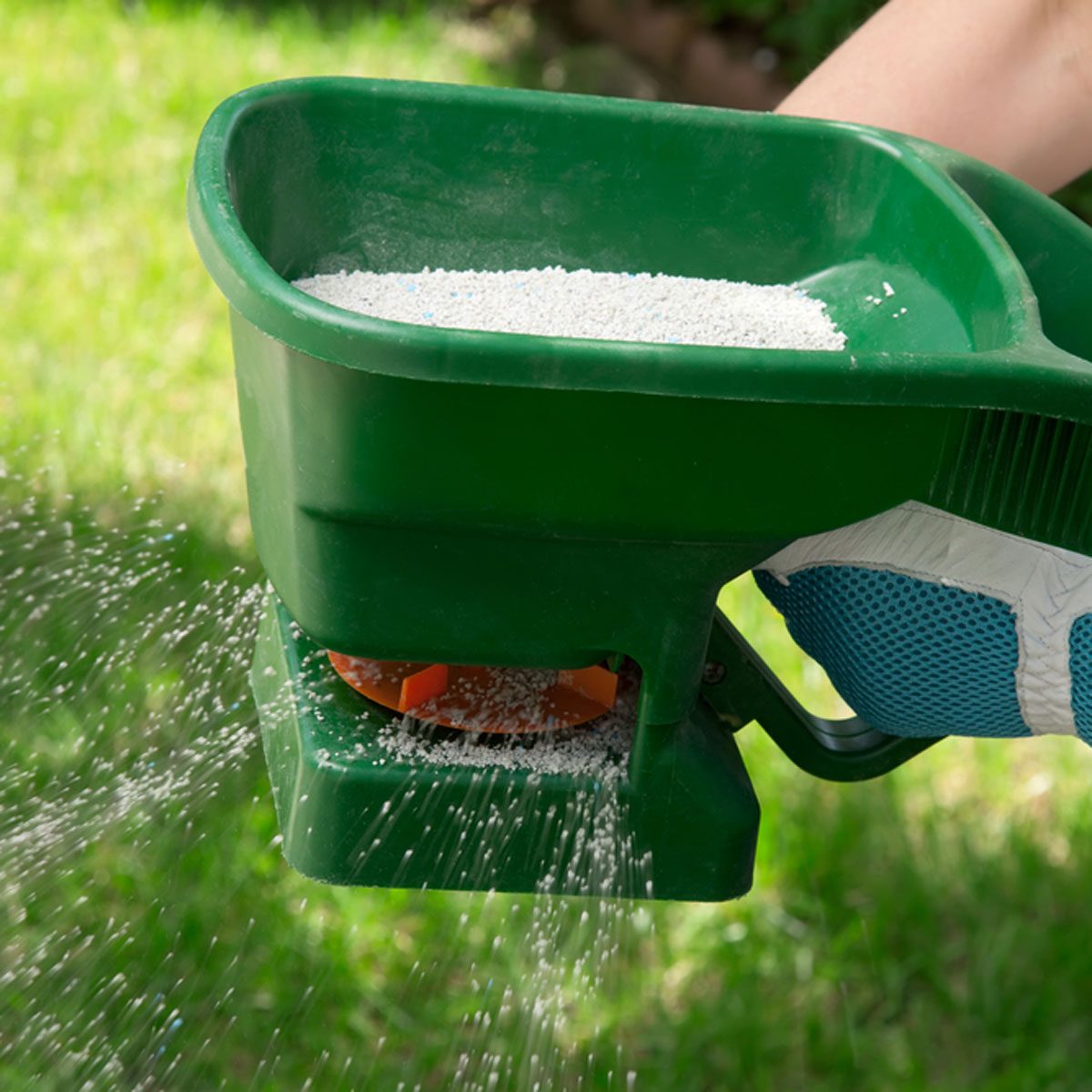
Fertilize Your Lawn
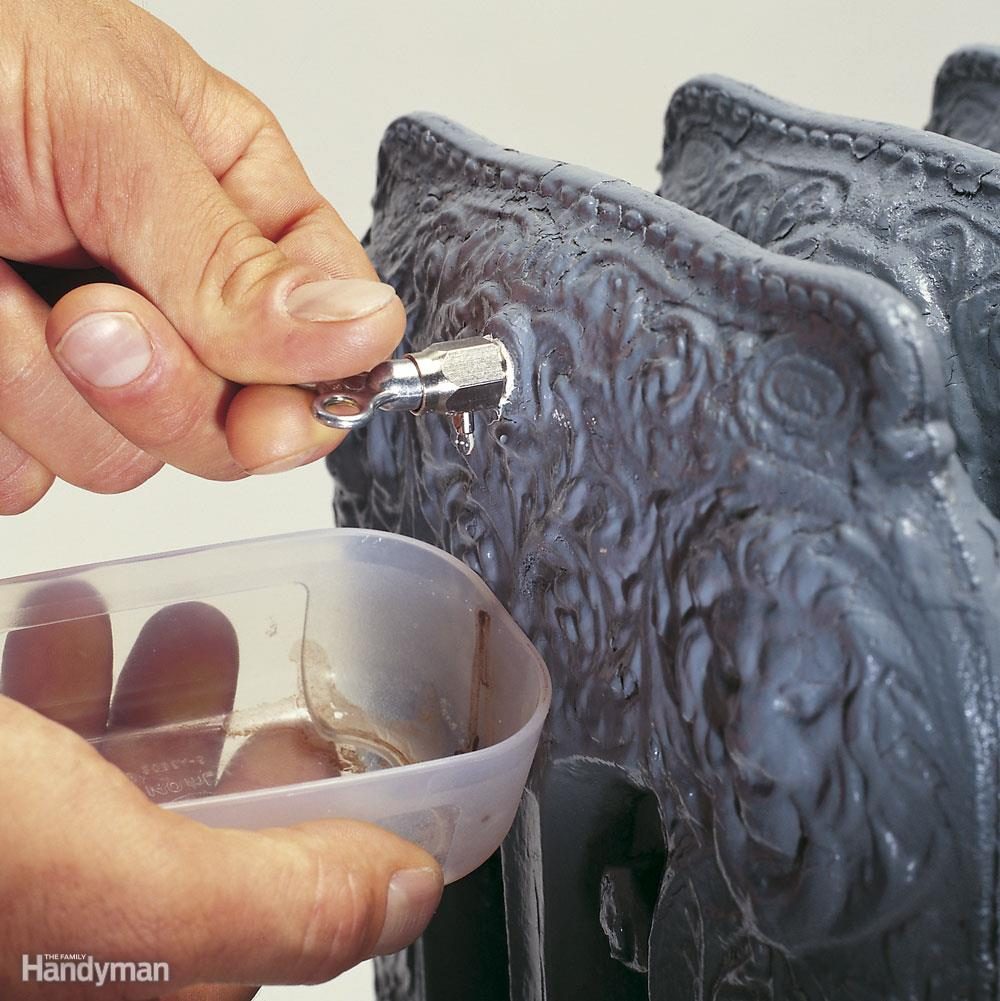
Bleed Hot Water Radiators

Inspect and Fix Your Garage Door
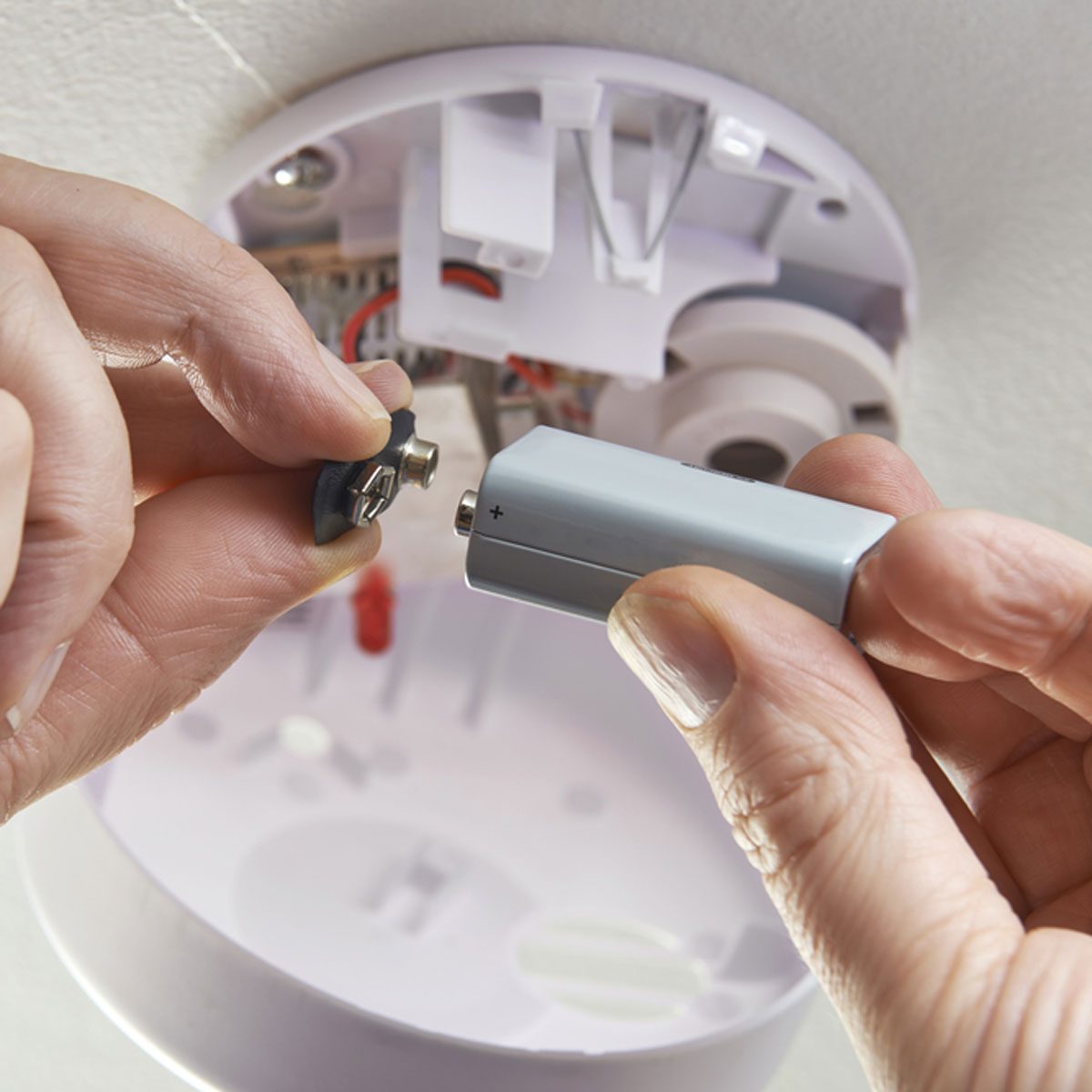
Check Your Detectors
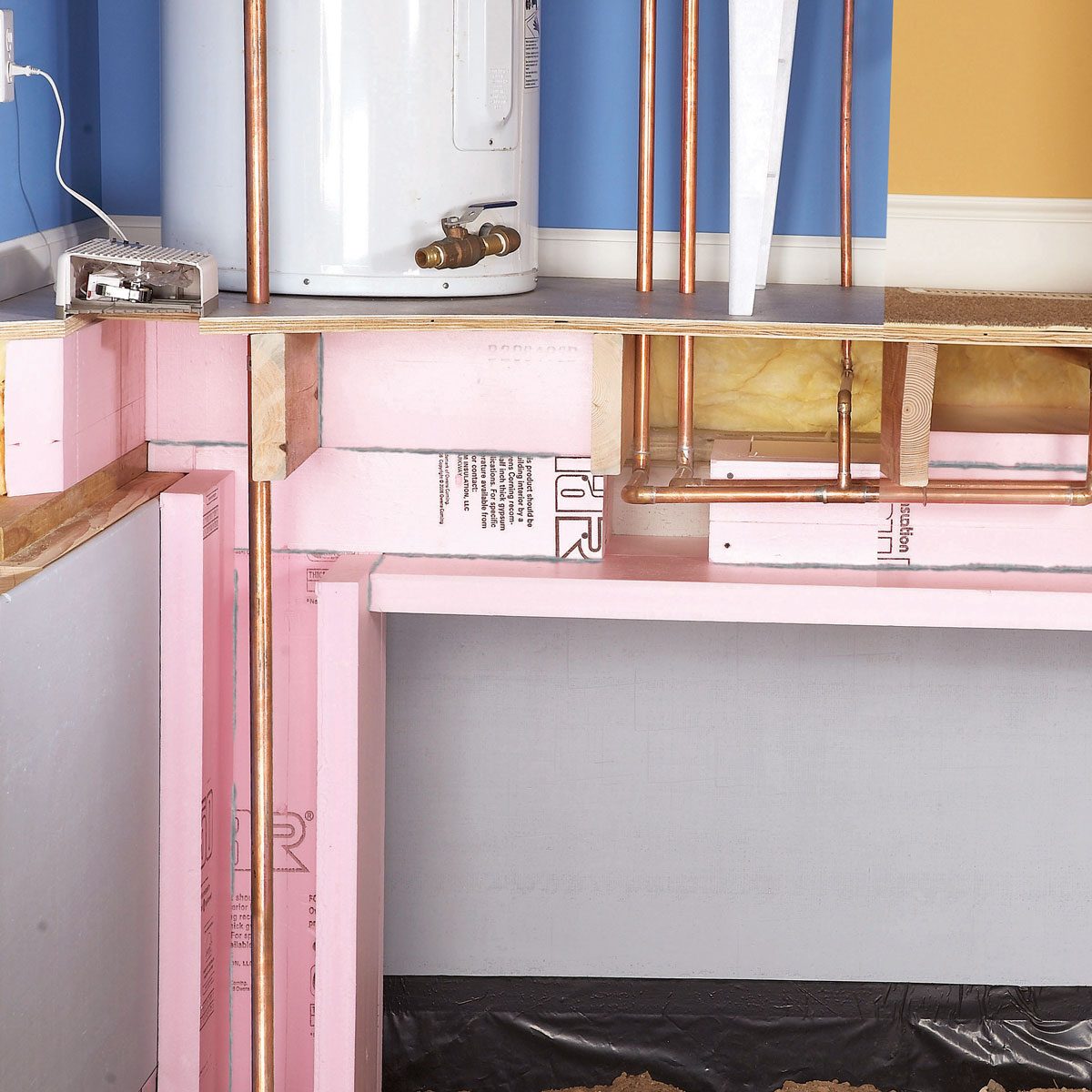
Insulate Pipes
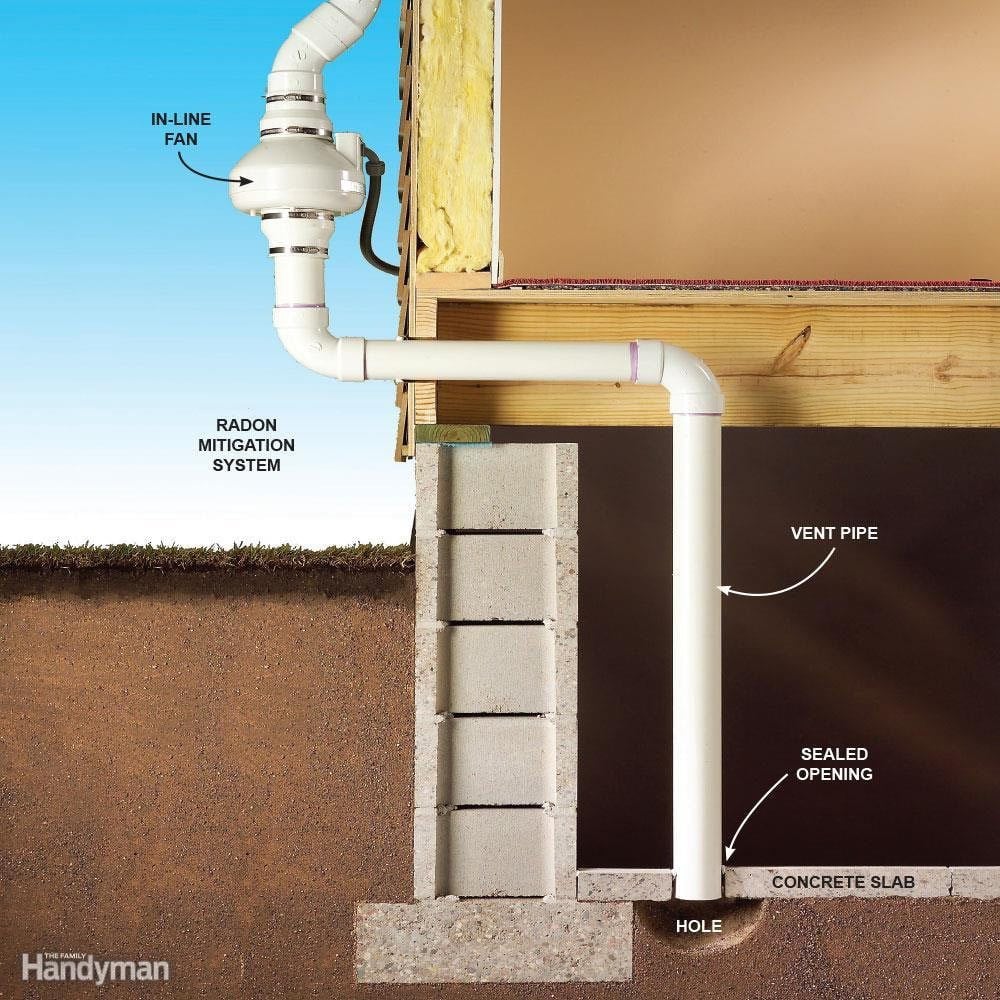
Test for Radon
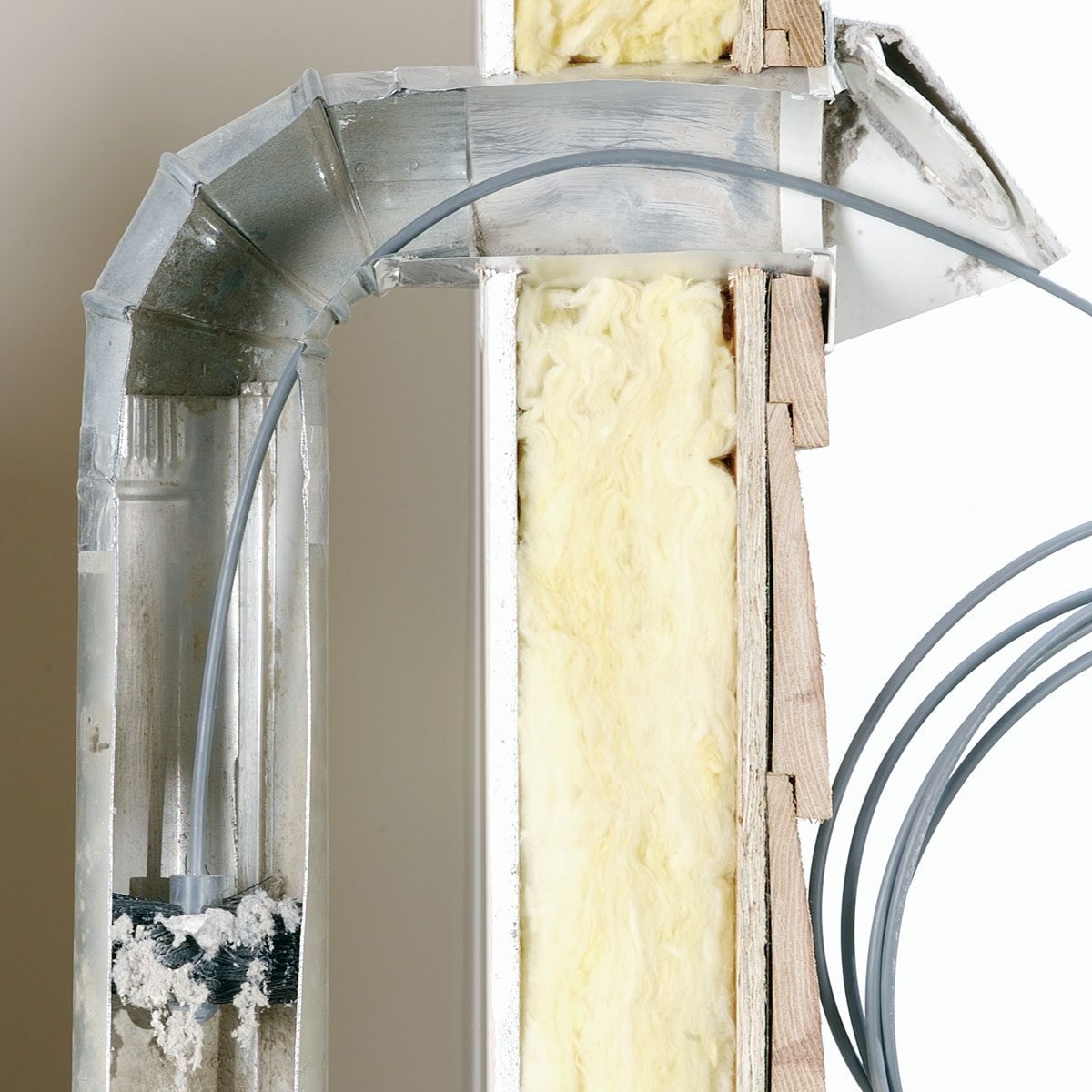
Clean Dryers and Vents
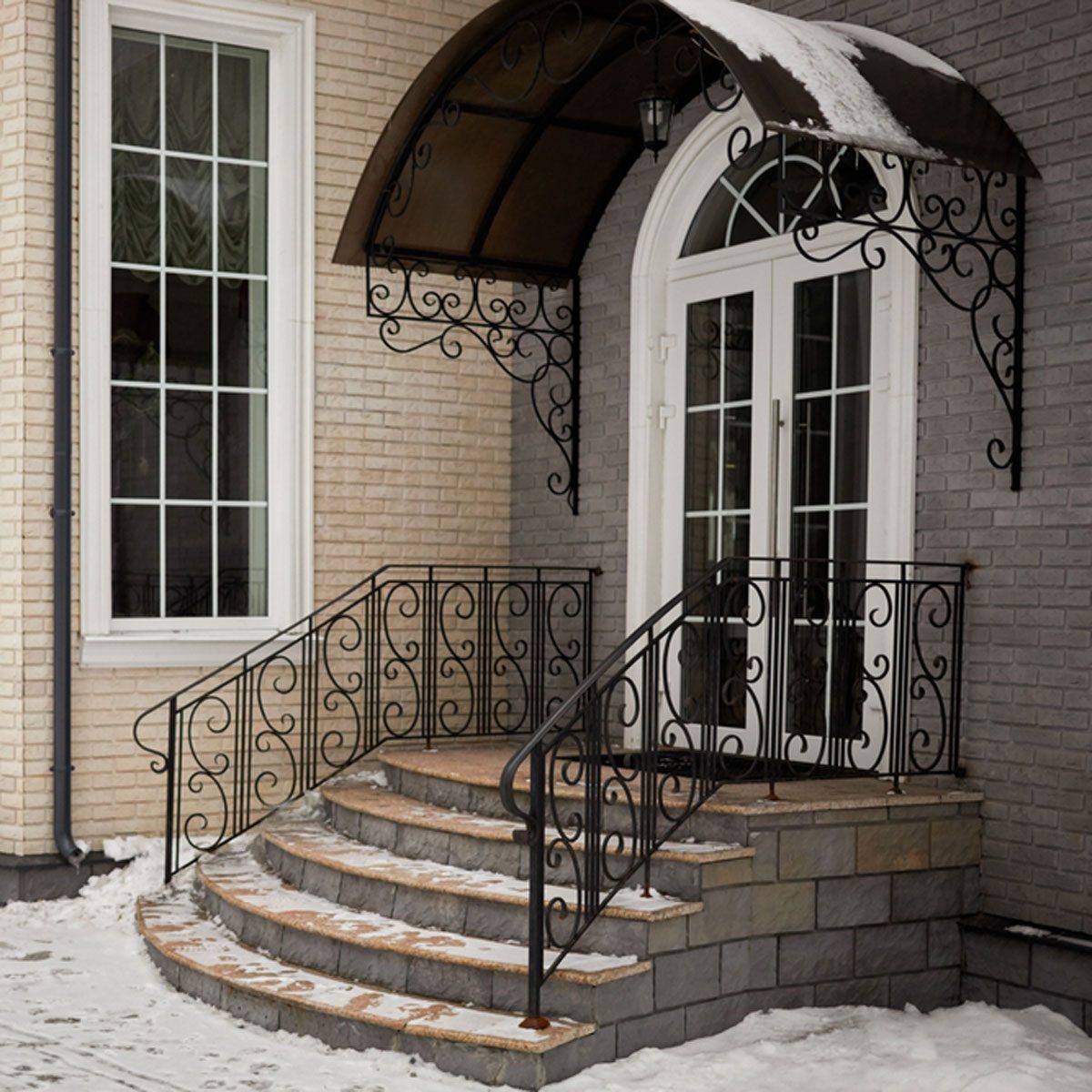
Handrail Safety Check

Garage Door Foul Line
Here’s the straight solution for keeping bikes, trikes, garden tools and car bumpers from being squashed by a descending garage door (or keep them from triggering the electric eye). Close the garage door and press down a strip of 2-in.-wide masking tape along the inside edge. Lay another strip of tape 1-1/2 in. to the outside of the first. Spray on the line, pull the tape and let dry. Now when you close the door, glance at the line to be sure the door will seal on concrete, not on a tool or the tail of your sleeping cat.
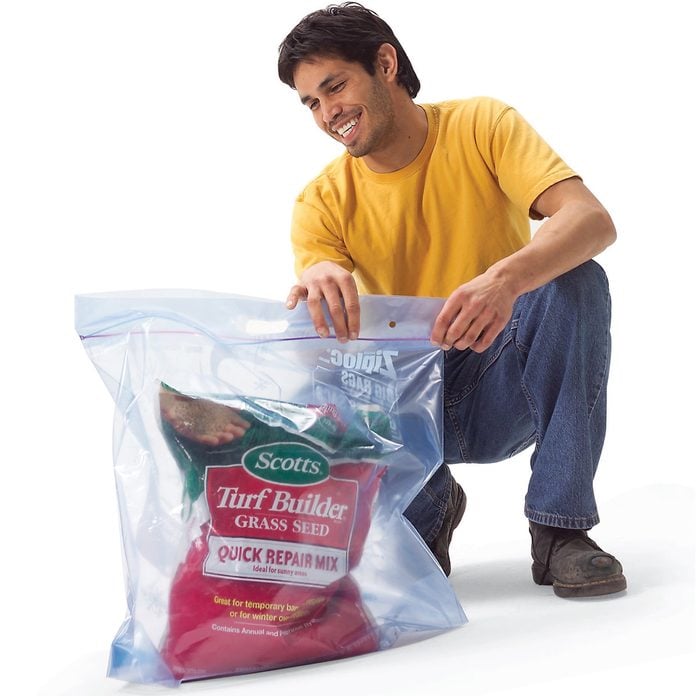
Preserve Lawn Supplies
Lawn products like seed and fertilizer soak up moisture in damp garages. To keep them fresh, store them in giant zip-top bags (available at discount stores). Learn how to grow a lush lawn here.
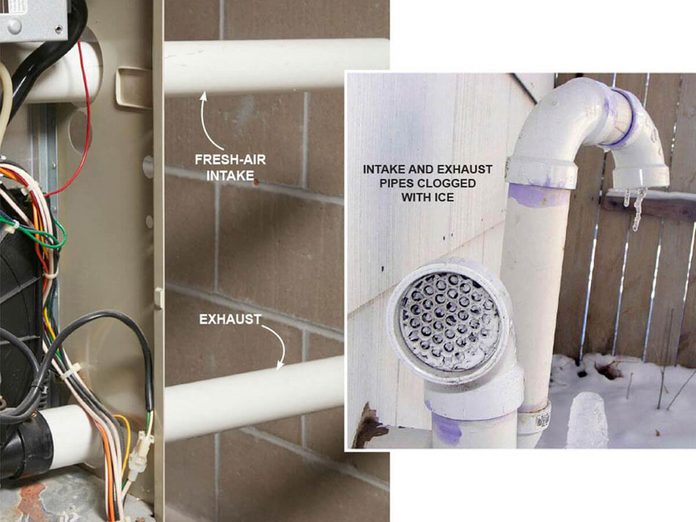
Check the Intake and Exhaust Pipes
Newer high-efficiency furnaces will shut off if something like a bird or ice buildup blocks either the fresh-air pipe or the exhaust pipe. You’ll need to go outside and peek inside the pipes to see. Sometimes a critter can get lodged in the pipe all the way back to the furnace and you won’t be able to see it without taking the pipe apart, a job best left to a pro.
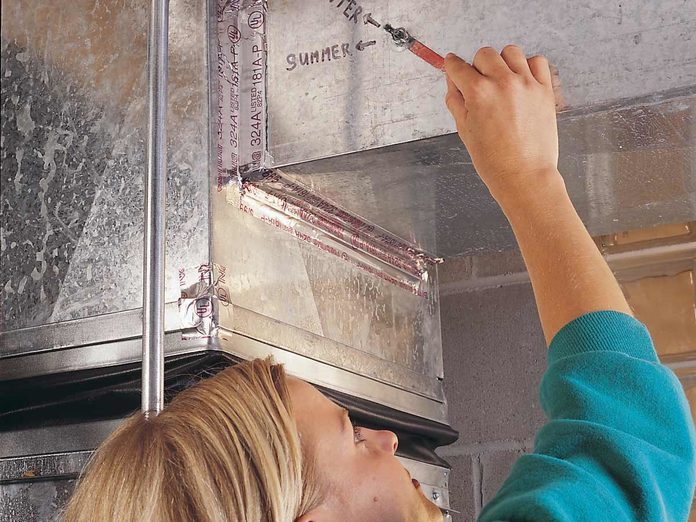
Reset Dampers
If your furnace heating ducts also serve as air conditioning ducts, they may have dampers that require adjusting for seasonal changes. The seasonal settings should be marked. Two-story homes often have separate supply trunks to serve the upstairs and downstairs. To send more warm air downstairs (winter setting) or more cold air upstairs (summer setting), adjust the damper handle on each supply trunk.

Seal Leaky Ducts
Seal leaky ducts, especially return air ducts, with special metal tape (available at home centers) or high-temperature silicone. Then conduct a backdrafting test to make sure the combustion gases go up the flue. Adjust the thermostat so the burners come on.

Test Your Water Heater for Backdrafting
Test your gas water heater for backdrafting while your furnace is off. Turn up the water heater thermostat until the water heater burner comes on. After a minute or more, hold a smoking stick of incense or match up to the exhaust stack. The smoke should be pulled into the stack. Conduct the test with all exterior doors and windows closed and bath and kitchen fans running. If the vent doesn’t draw, call in a heating specialist or plumber to find the problem. Turn the thermostat back down.
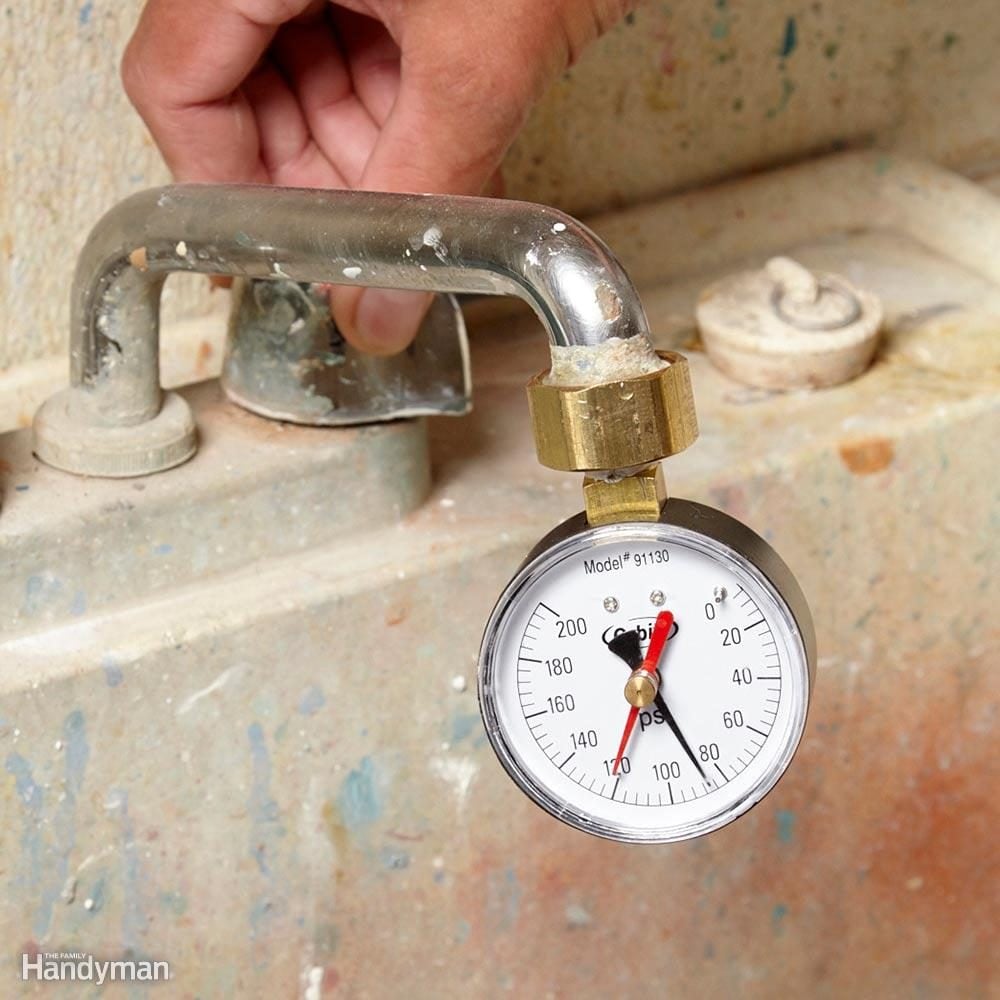
Check for High Water Pressure or Wreck Fixtures and Appliances
A technician was assisting a water softener installer who was replacing a fairly new softener because the first one had ruptured and filled the pipes with little zeolite beads.
The installer didn't seem too worried about why the first one failed, but the assistant did a little investigating. A water pressure test gave a reading of more than 110 lbs. psi. The culprit was the 20-year-old pressure-reducing valve. After a new valve was installed, the pressure went down to about 75 lbs. Pressure-reducing valves are usually found near the main water shutoff valve, but not all homes have them. It depends on your municipality.
High water pressure can harm pipes, connections, and appliances. It also creates water hammer and waste massive amounts of water. Checking for high water pressure is an often overlooked maintenance item, and one that's easy enough to perform. A new pressure-reducing valve and a simple pressure gauge like this one that hooks up to a spigot or laundry tub faucet are both available at home centers.
Plus: Appliance Care and Maintenance Tips to Make Appliances Last
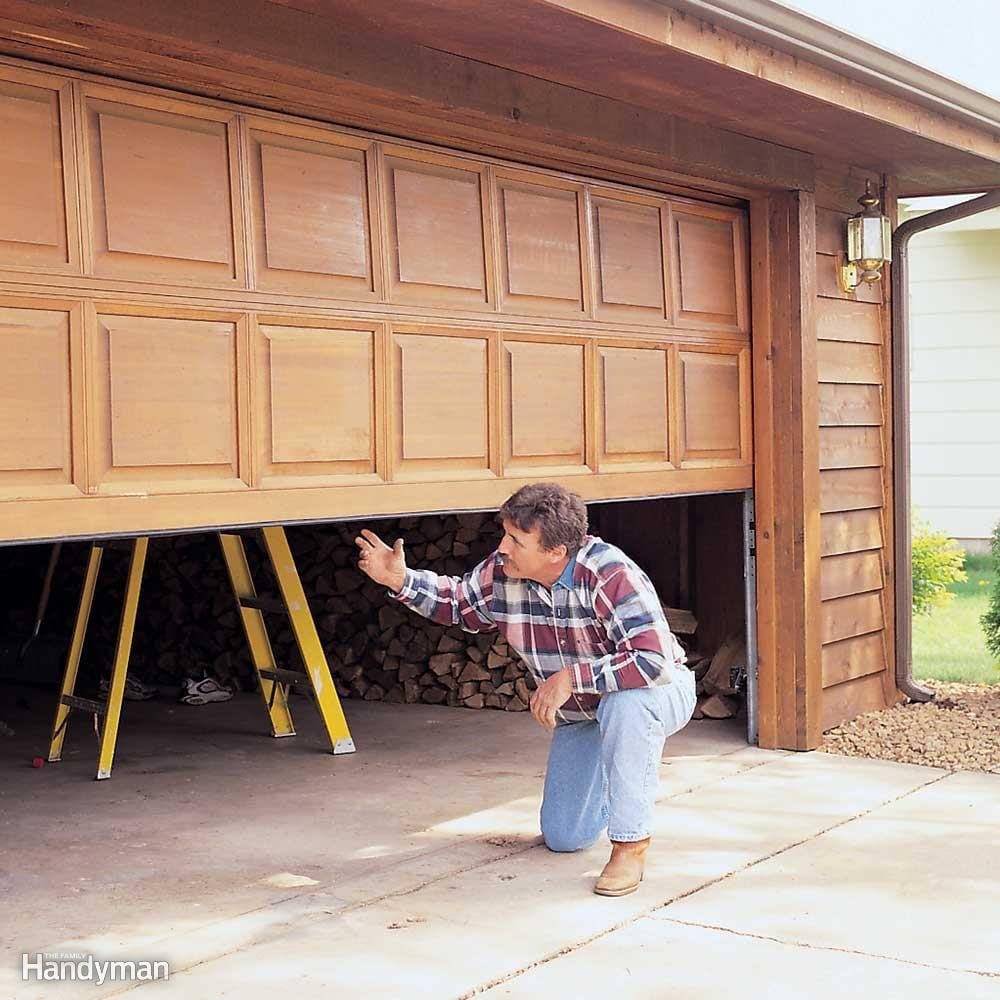
Check Garage Door Balance or Wreck Your Opener
A properly balanced door is less likely to injure someone or something and keeps the door opener from working too hard, which will shorten its life.
To check the balance on a door, close the door and then disengage the opener by pulling the opener release handle. Manually pull up the door about halfway and let go. A properly balanced door will stay in the halfway position by itself. If it falls, the tension needs to be increased. If the door rises, the door spring has too much tension, which means it's working harder than it needs to.
Check the door a couple times a year. Adjusting the spring tension is tricky and dangerous. Call a garage door professional to perform the service, or see advanced garage door repairs.
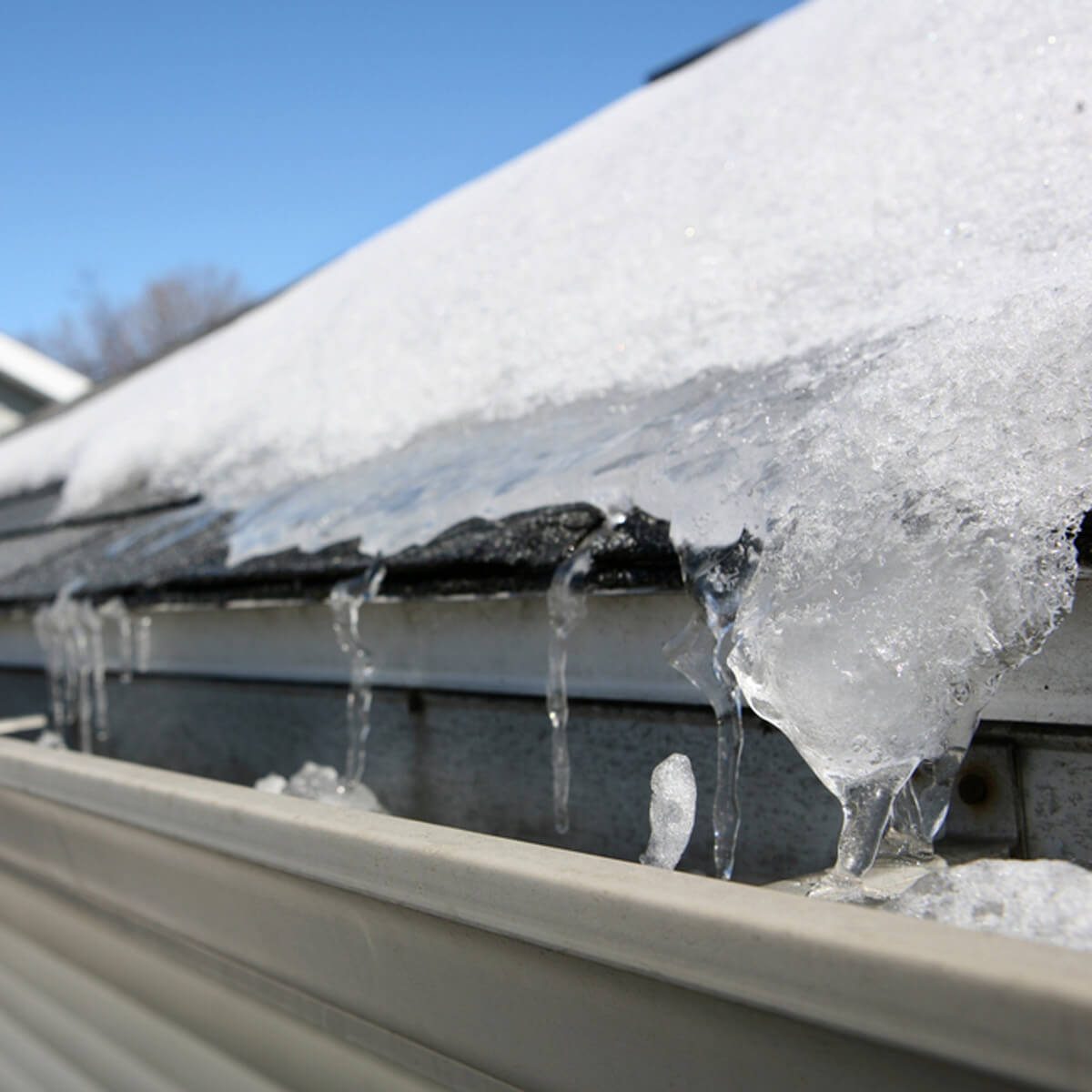
Check for Ice Dams
